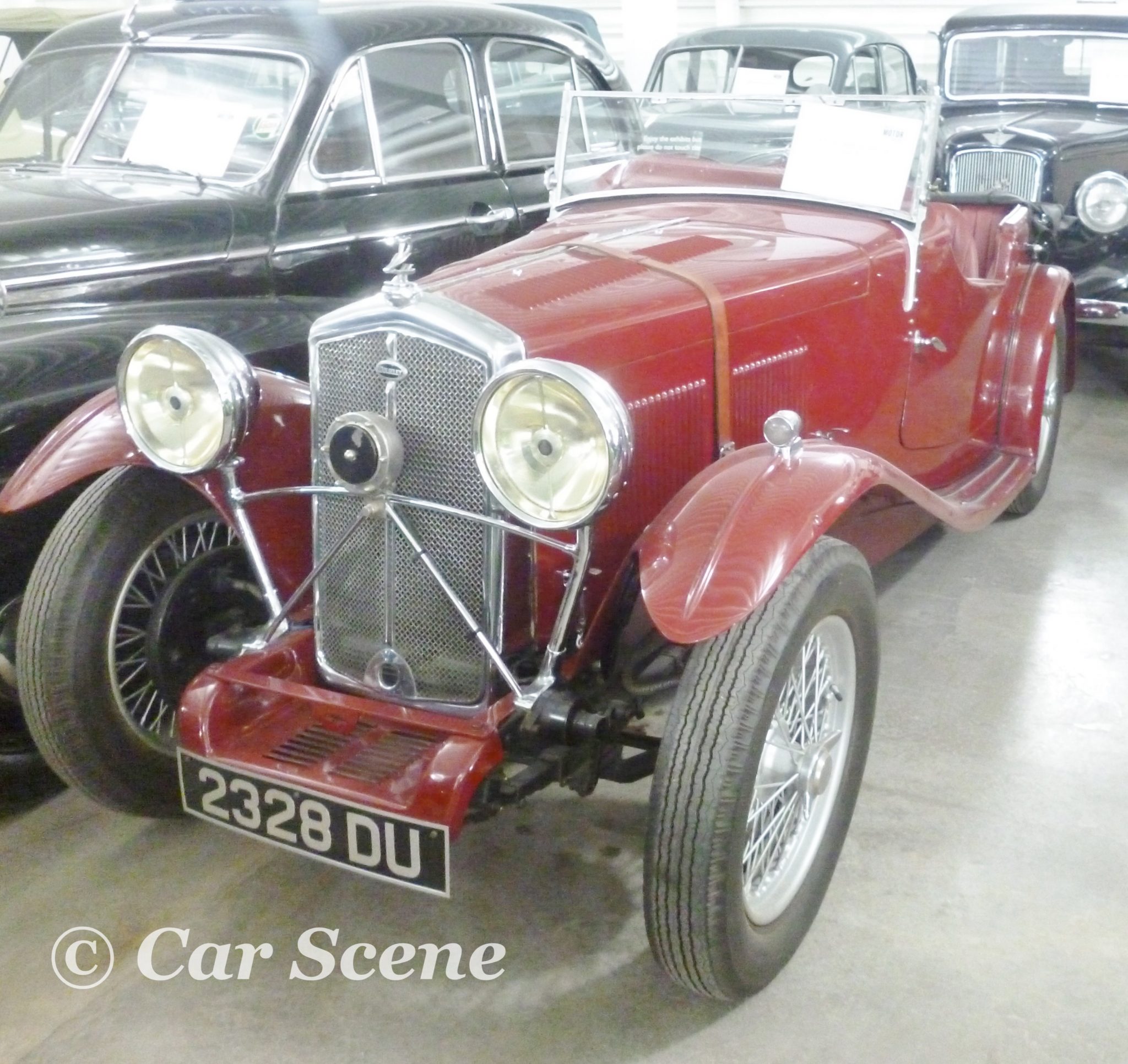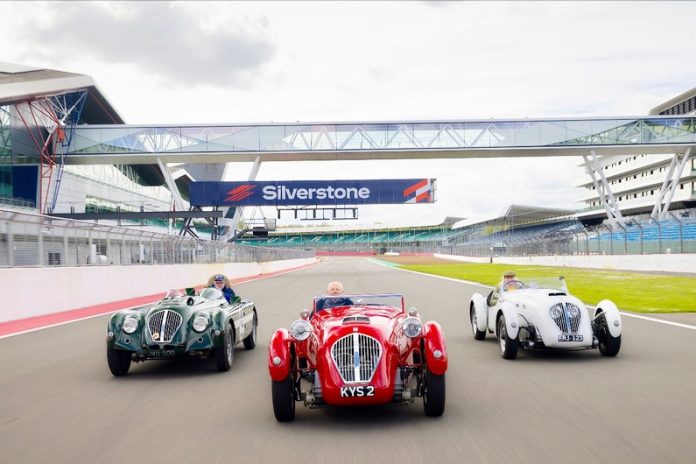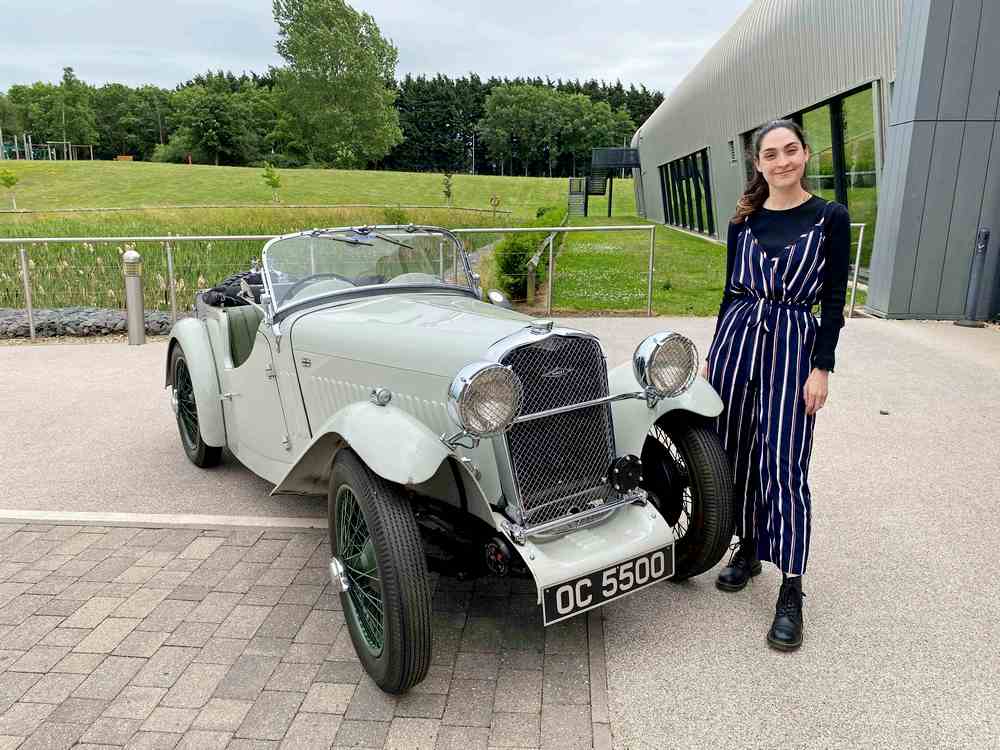The former Heritage Motor Centre, created to display classic and rare British cars, was reopened in February 2016 with a new name, ‘British Motor Museum’ after a £M1.1 refurbishment. A new facility, the ‘Collections Centre’, built at a cost of £M4.0 was opened at the same time. The Collections Centre, which can only be visited via guided tours, one in the morning and one in the afternoon, houses the Jaguar Heritage Collection and the Motor Museum’s reserve collection. All these cars have been built in Britain, mostly in the Midlands.
The last time I visited the Heritage Motor Centre was about ten years ago so I was keen to see what improvements had been made. In the meantime I have visited a number of car museums in England, Europe and the U.S. so had some references with which to compare the BMM. Having thought about that “comparison” statement, I don’t think that it is fair to compare these types of facilities; they each have their own uniqueness, the common denominator is that they are displaying interesting and sometimes very rare, cars. There is no doubt that some do it better than others but even then it depends upon how they are perceived by the visitors who all have their different perspectives.
All I can say is that I was very impressed by the new British Motor Museum. It is very well laid out and all the cars in the main museum, as distinct to the Collections Centre, are attractively displayed with very full information boards close by.
My son and I took the tour of the Collections Centre, the guide emphasised that the cars we would be seeing are part of a collection and not presented as they would be in the museum. What this means, in reality, is that the cars are just parked in what could be described as an ‘up – market’ multi-storey car park rather than being ‘put on display’ in a pristine setting as is the case in the museum proper. This does not detract at all from the interest value of the available cars (c.250). In some respects it adds to it because you can walk all around the cars without being impeded by rope barriers etc, as is sometimes the case in the museum.
Both the Jaguar/Daimler Heritage collection and the museum reserve collection contain cars which literally took my breath away in terms of either their rarity or their originality of engineering or style.
At the beginning of this piece I said that I was impressed with the new British Motor Museum, I hope that what I have written subsequently gives you some idea of why I developed that view.
Just a word of guidance to any prospective visitor: the clue to what you will see is in the name – British Motor Museum. The vast majority of the cars in the museum have been made in Britain. You will not see exotic Ferraris, Lamborghinis or Porsches etc. etc. that you might expect to see in other museums but if you are generally interested in cars or are a student of British culture and industry then I am sure that, like us, you will leave with a big smile on your face and a desire to return.
As an appetiser here are just a few of the cars to be seen –
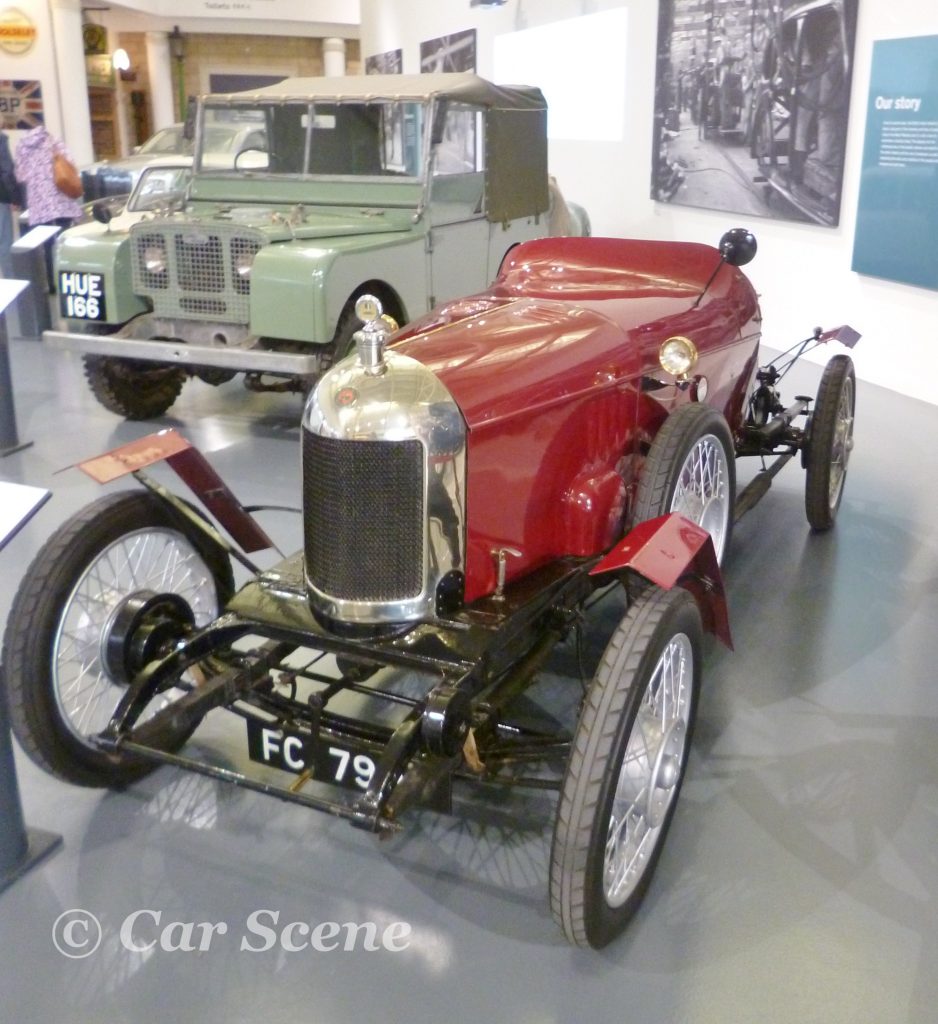
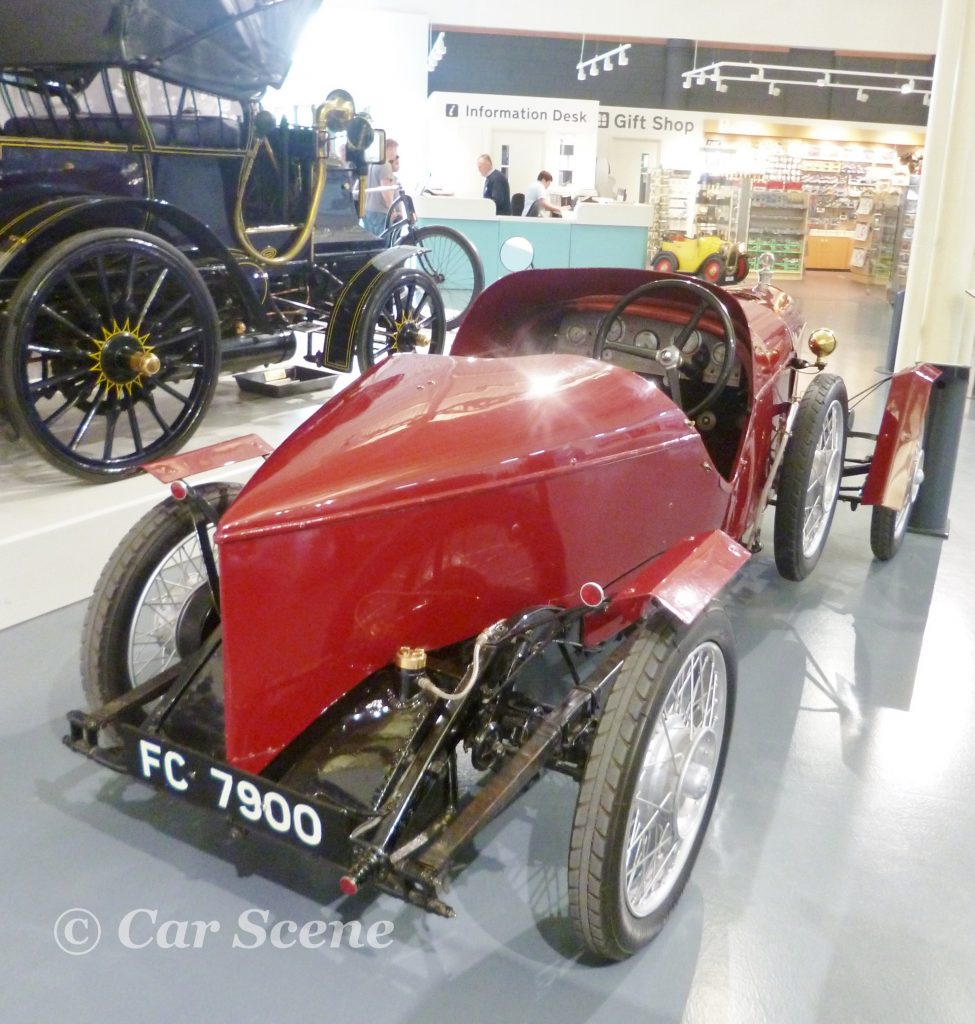
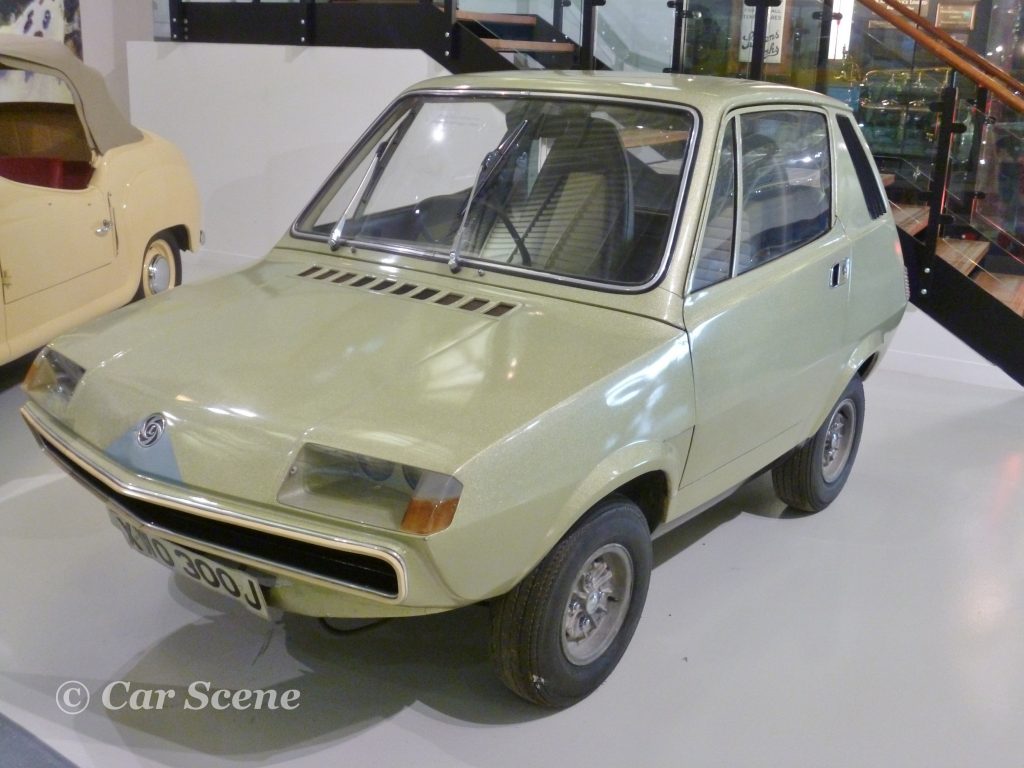
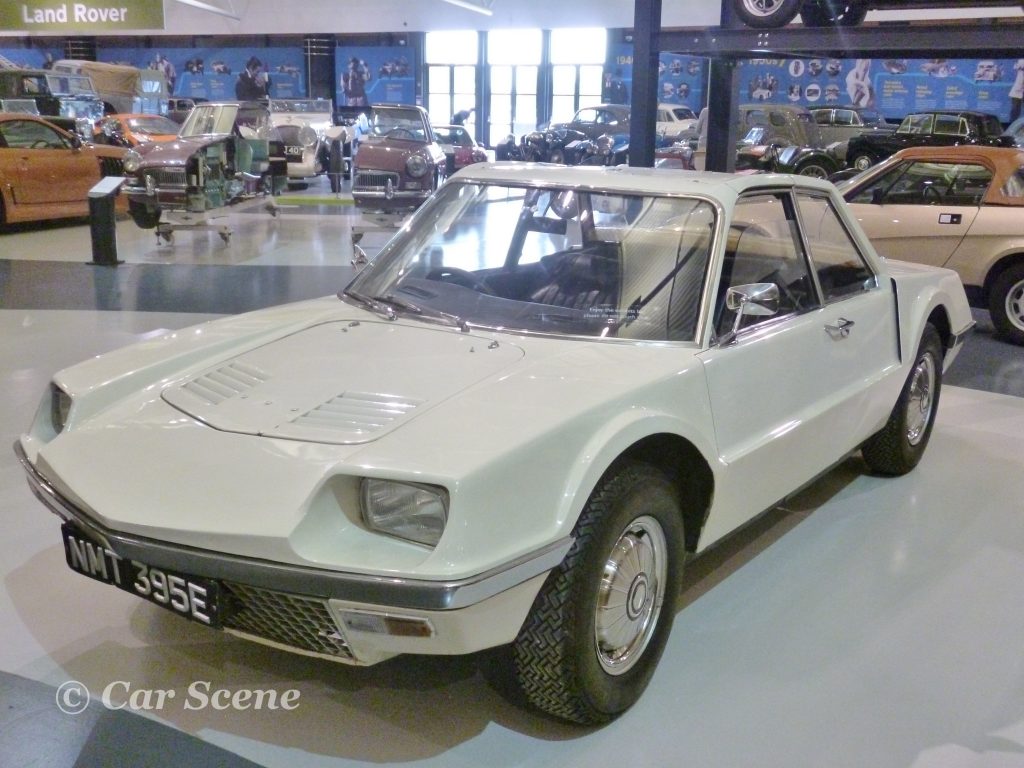
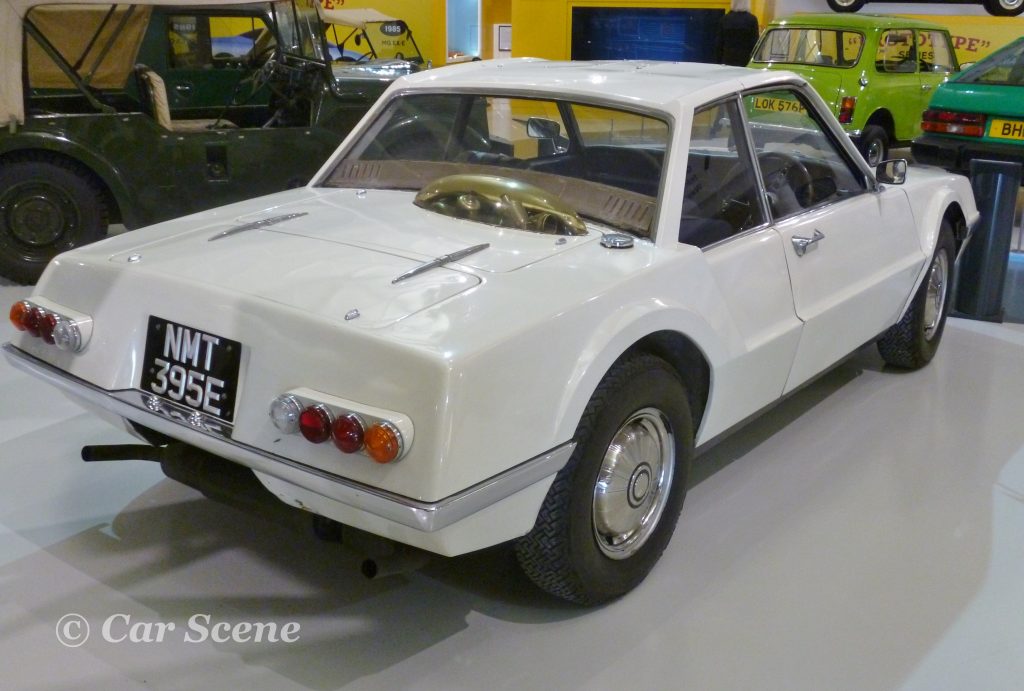
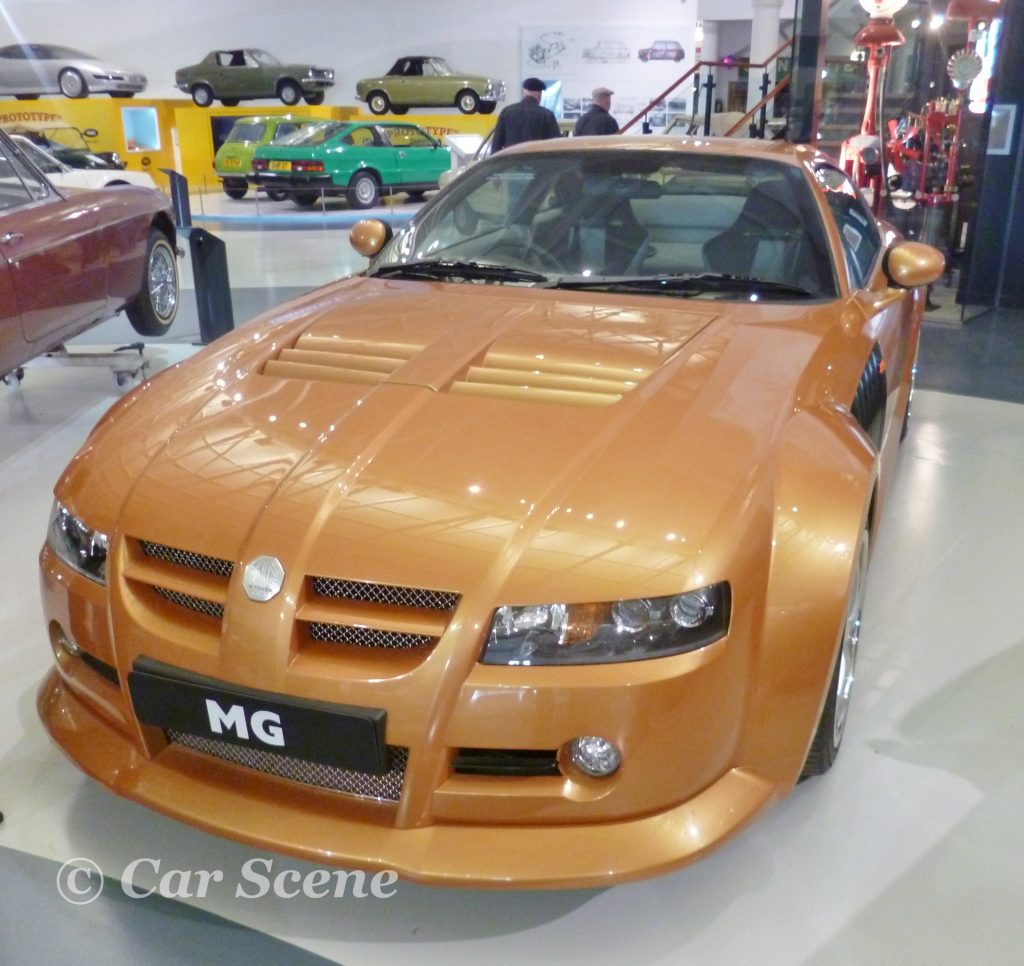
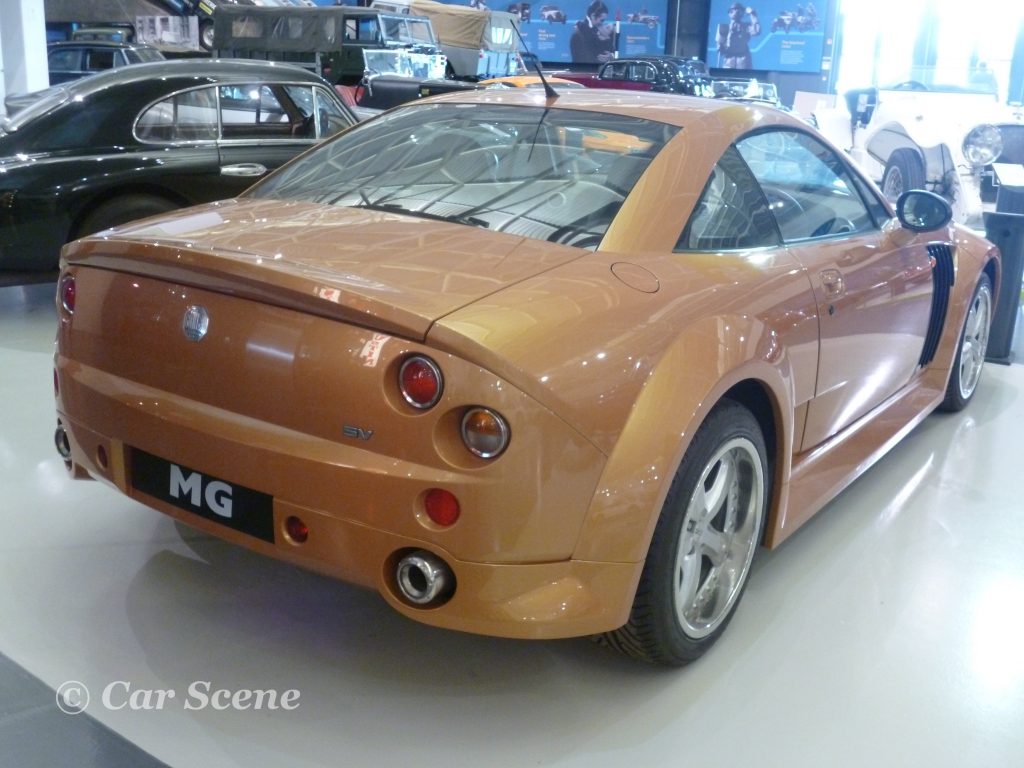
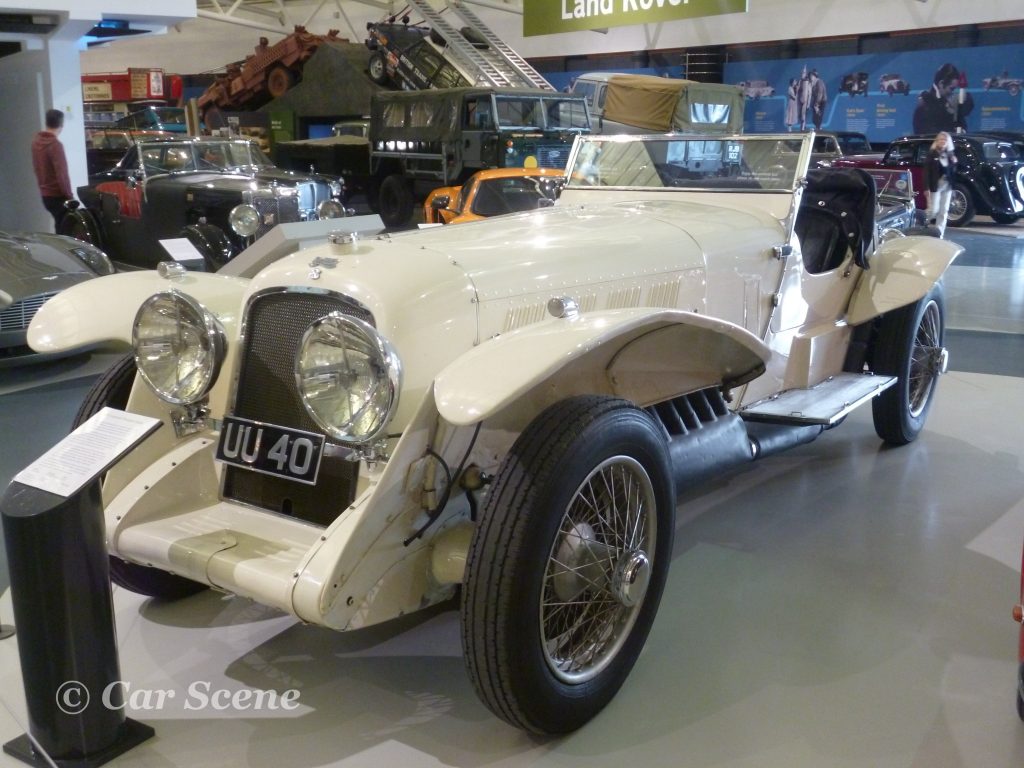
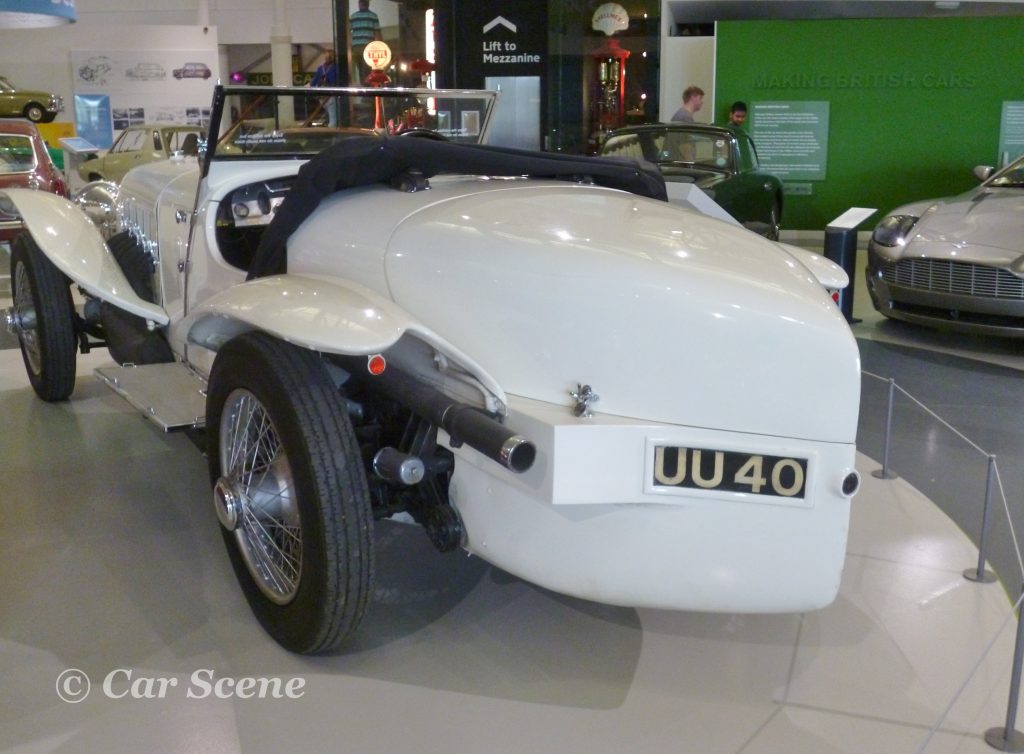
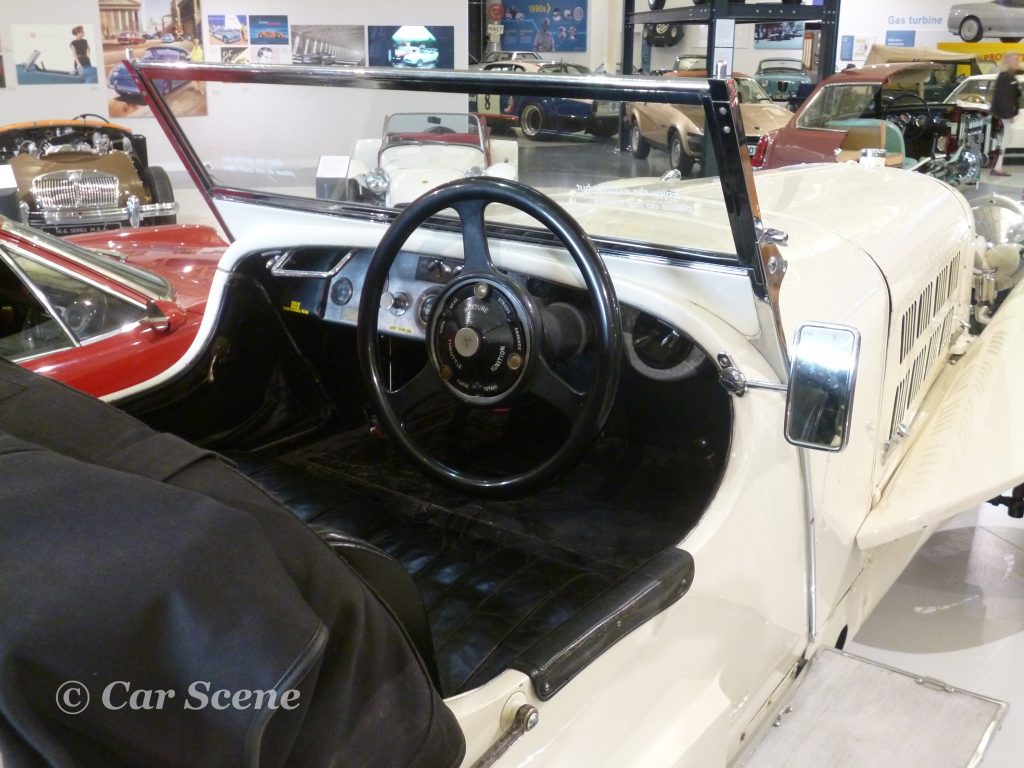
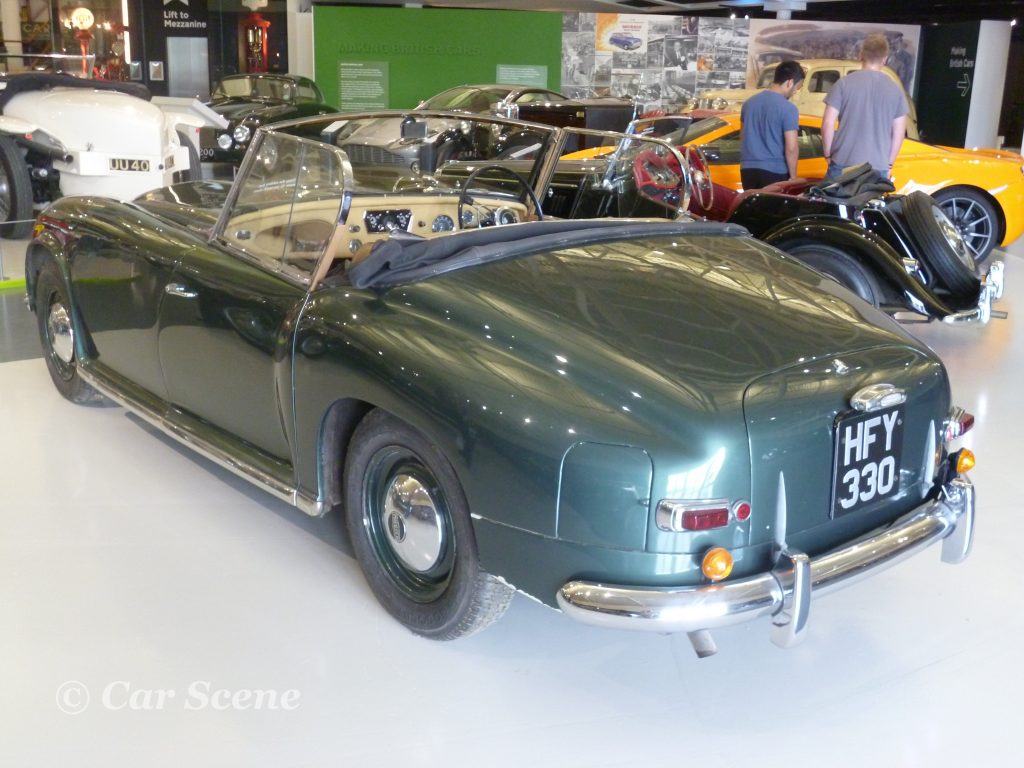
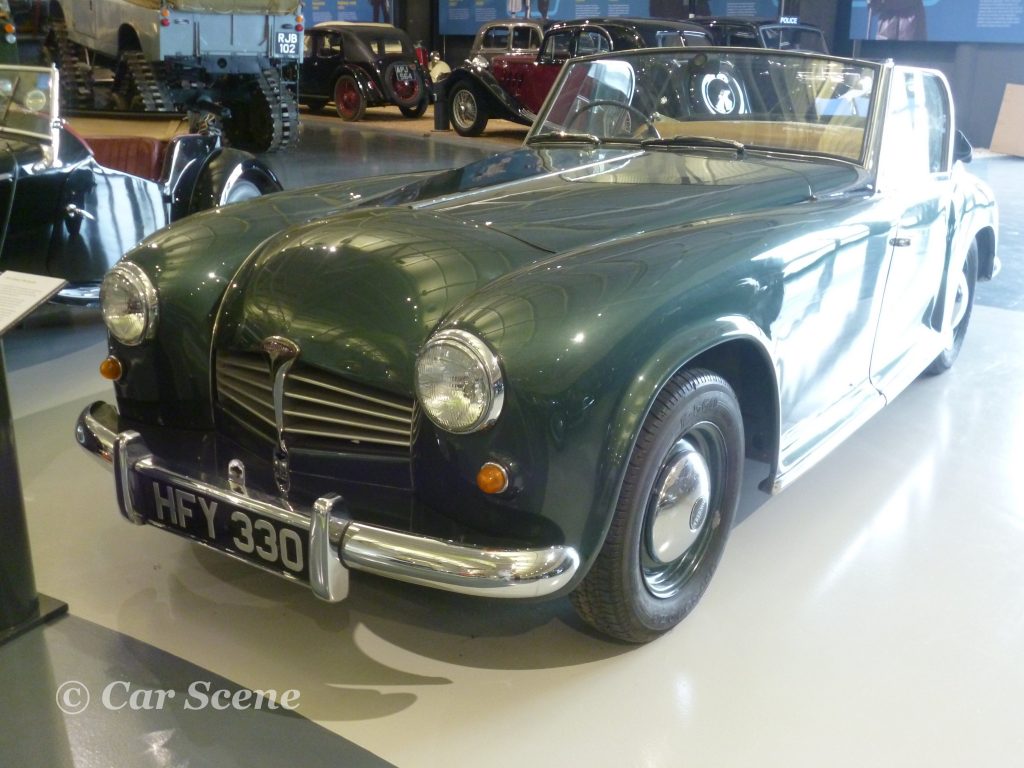
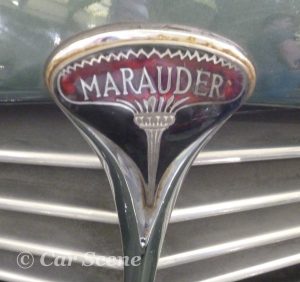
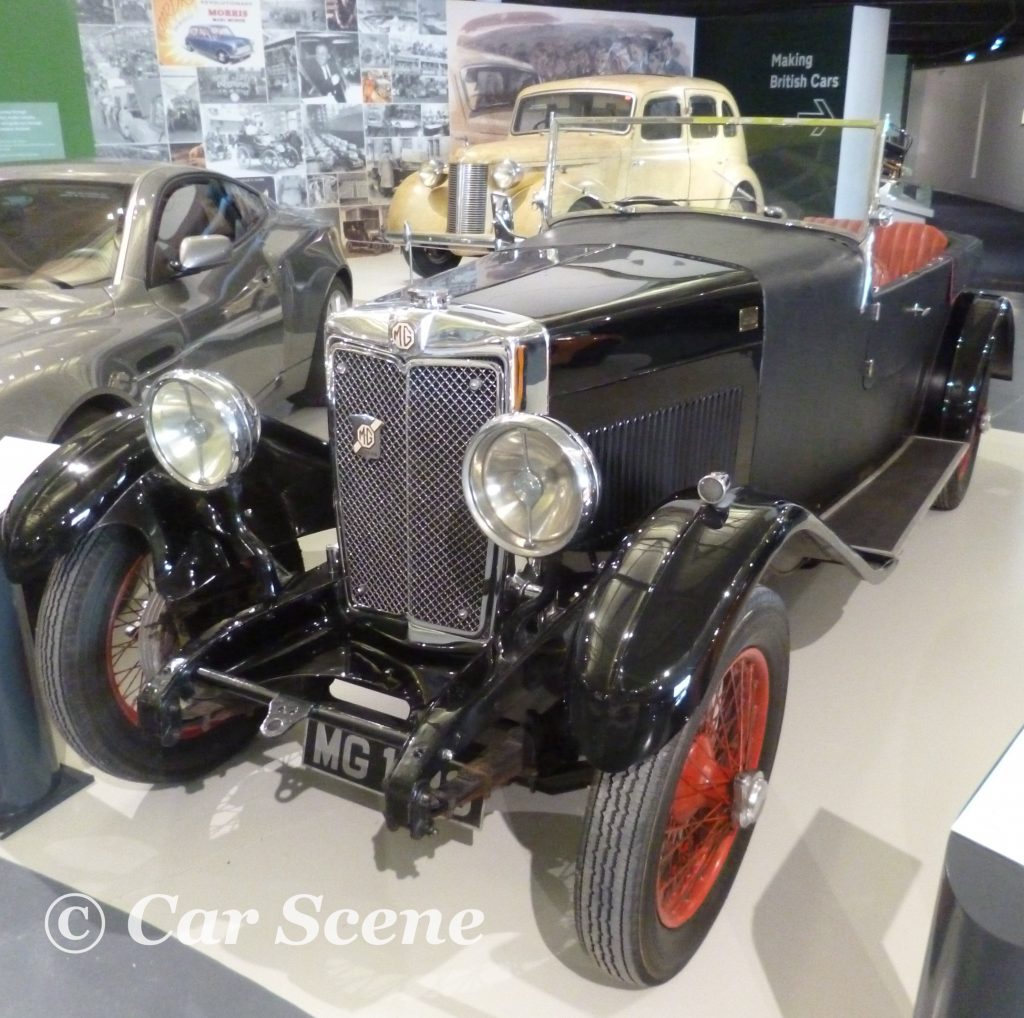
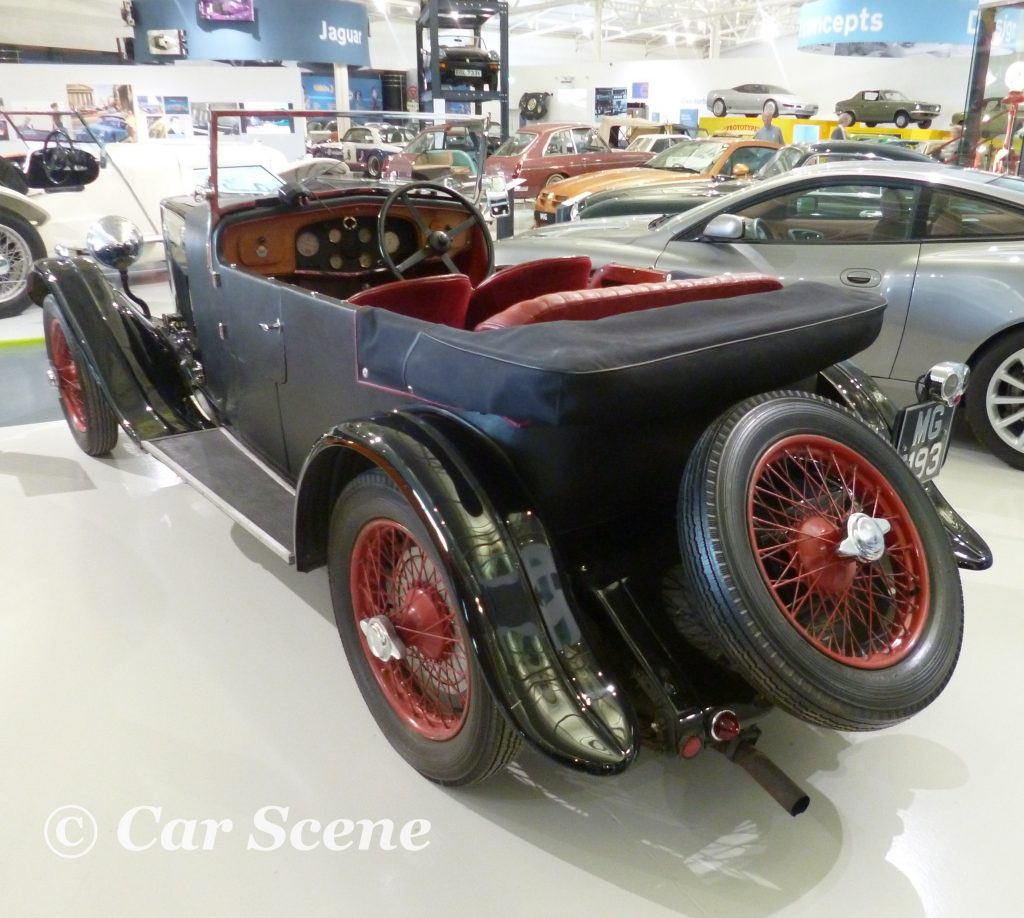
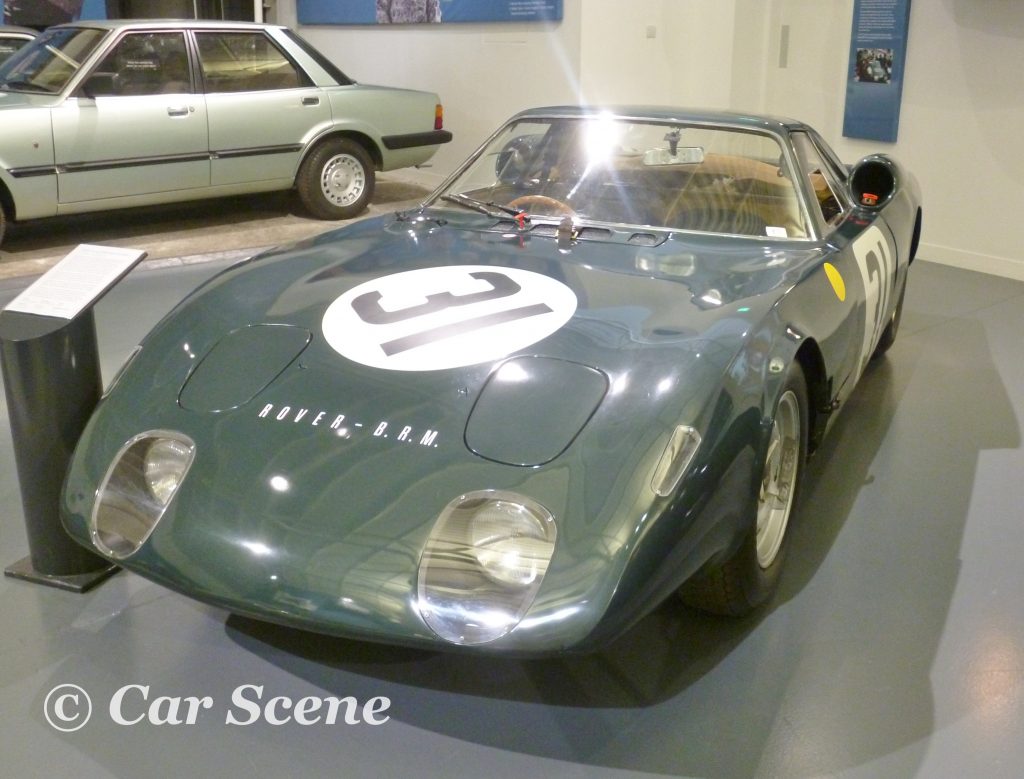
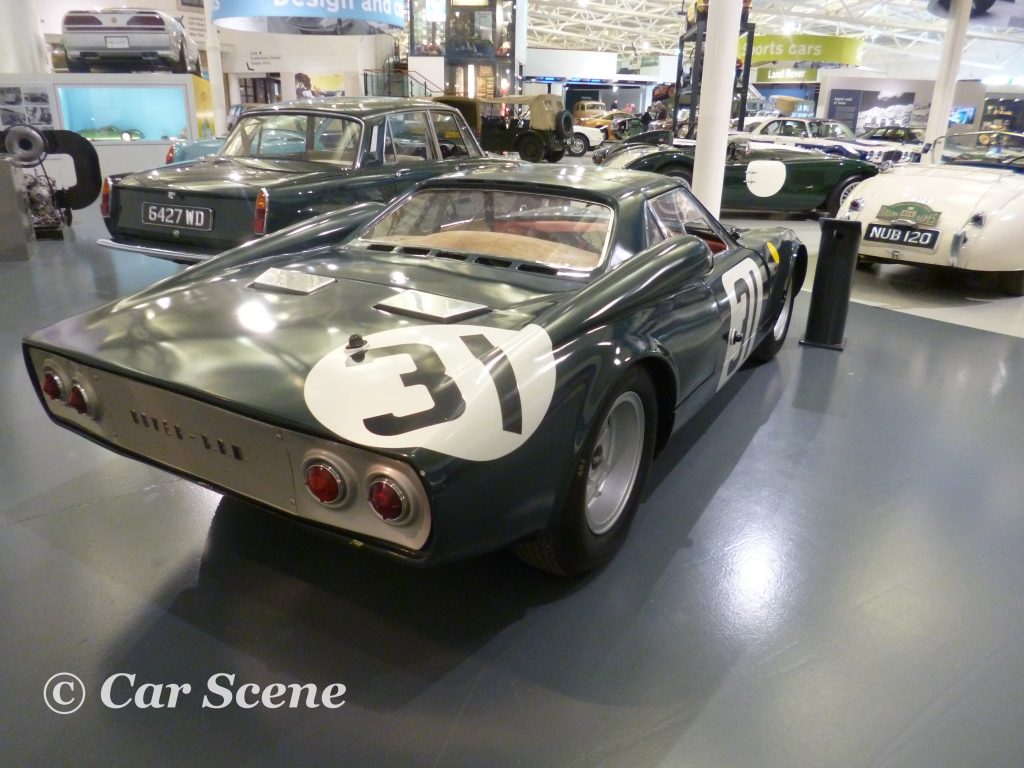
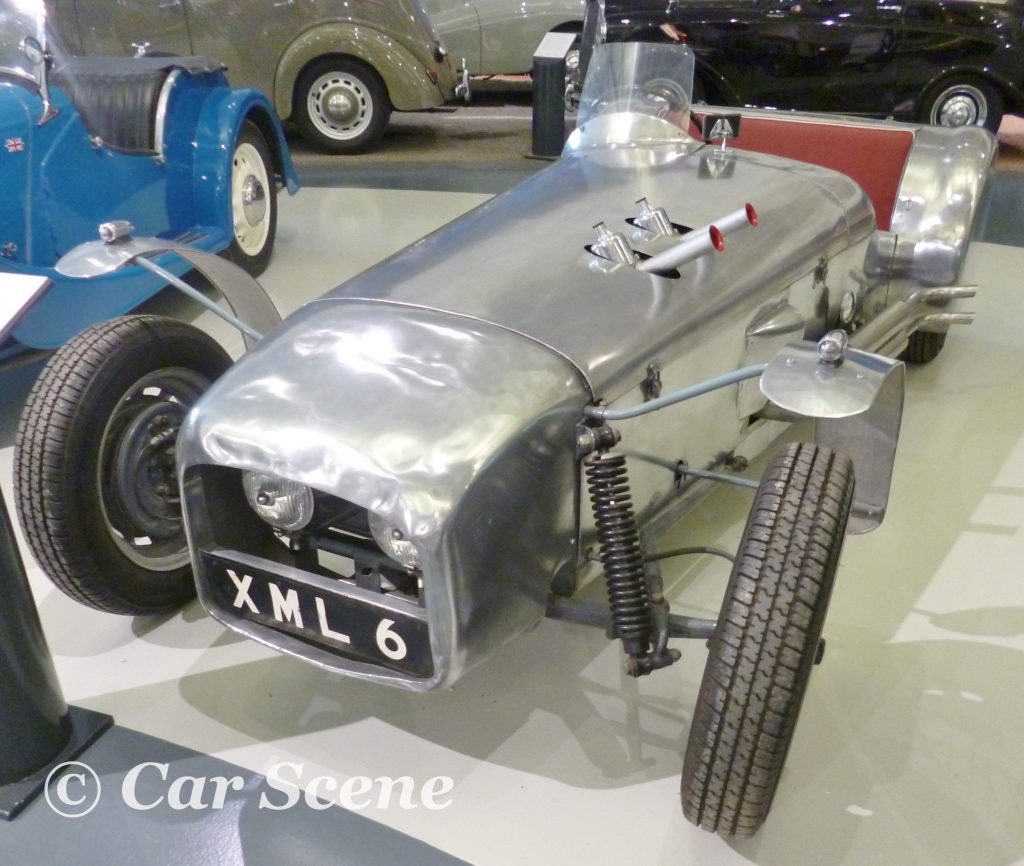
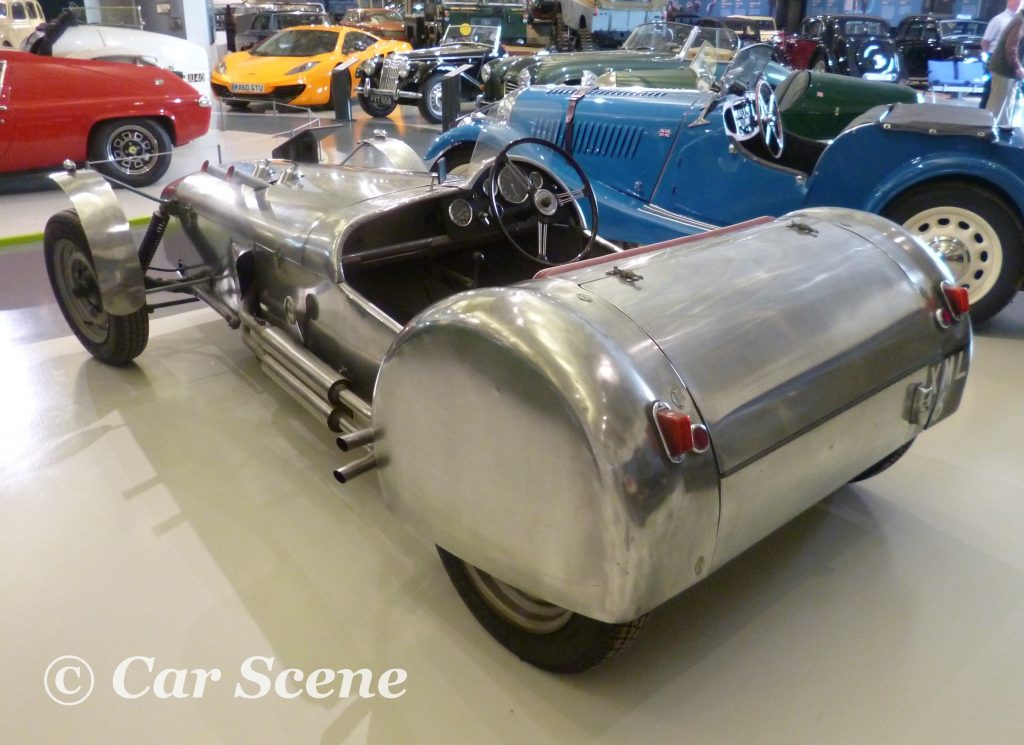
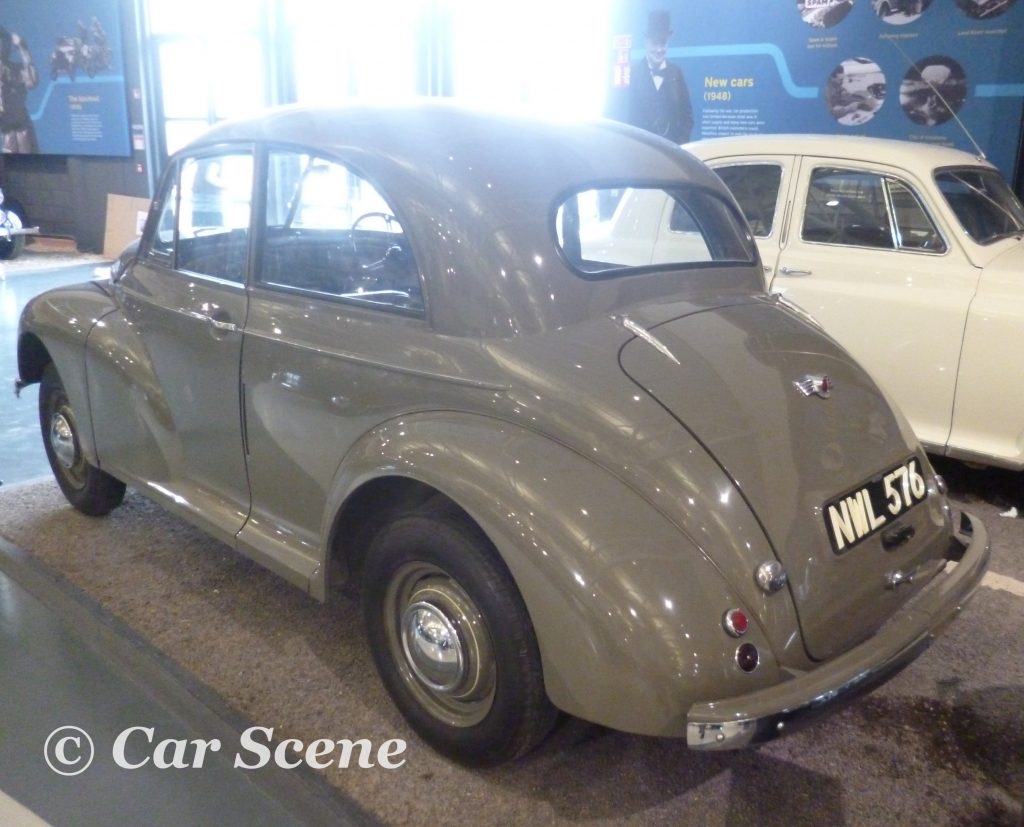
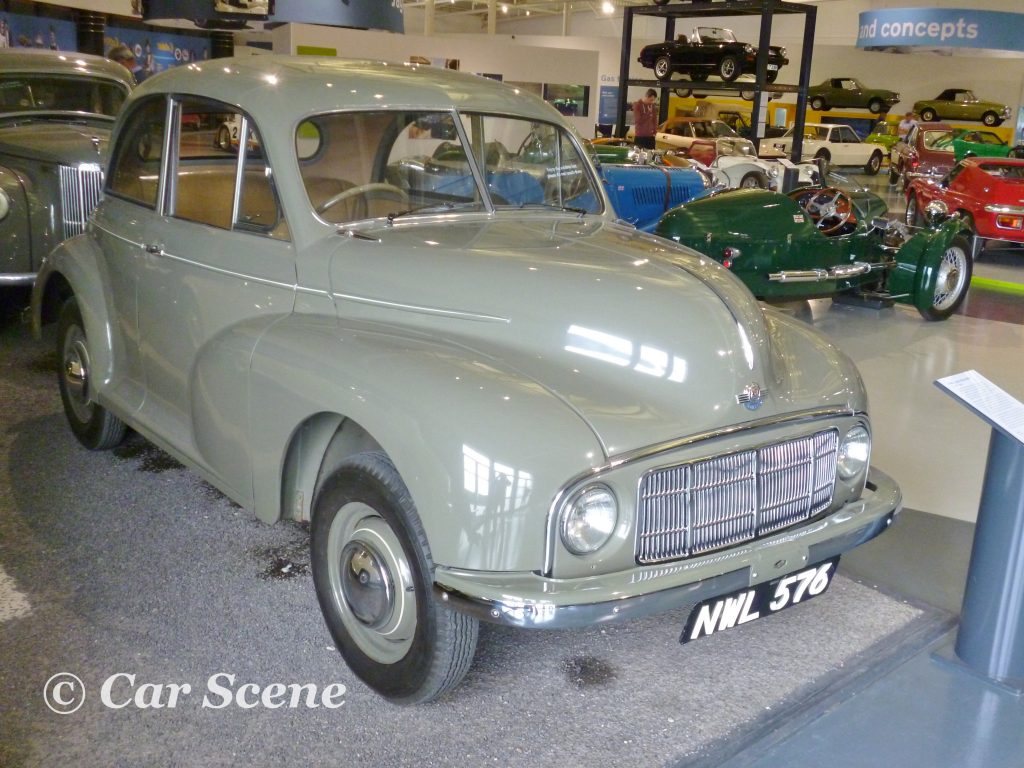
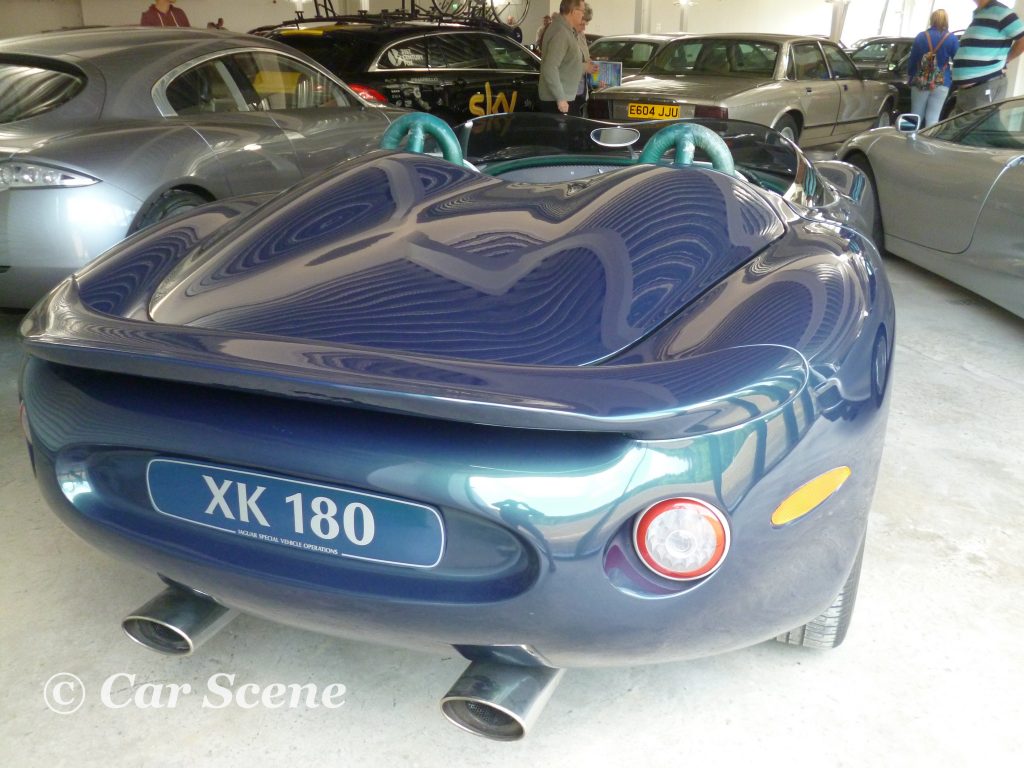
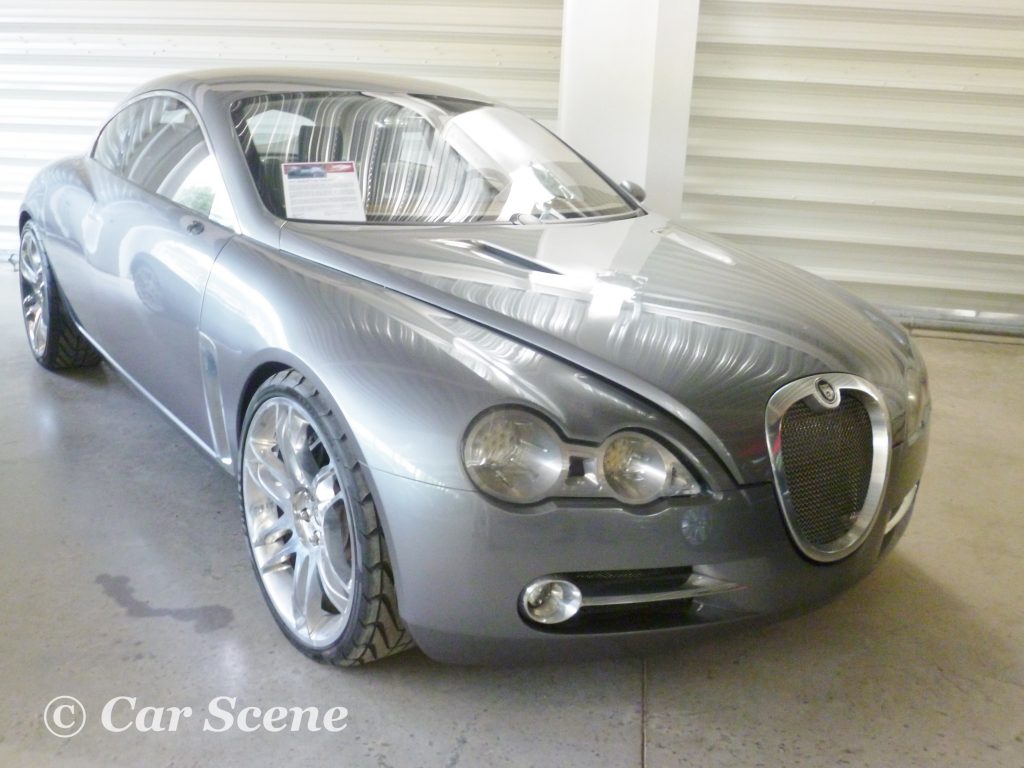
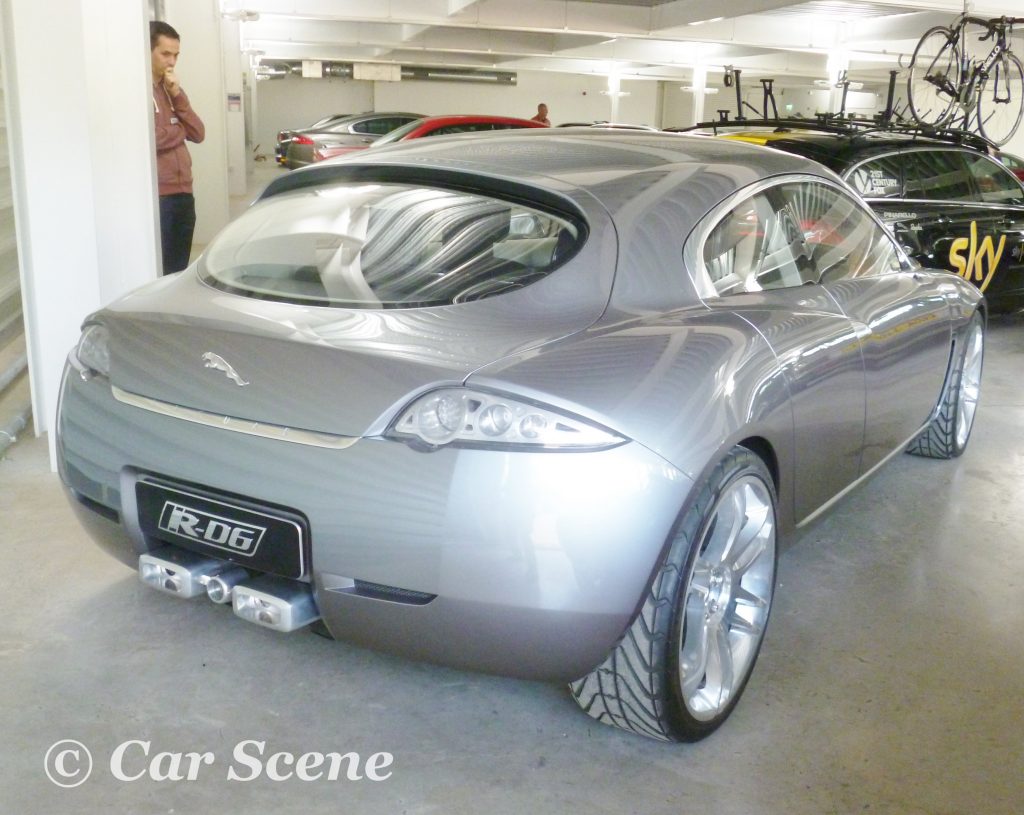
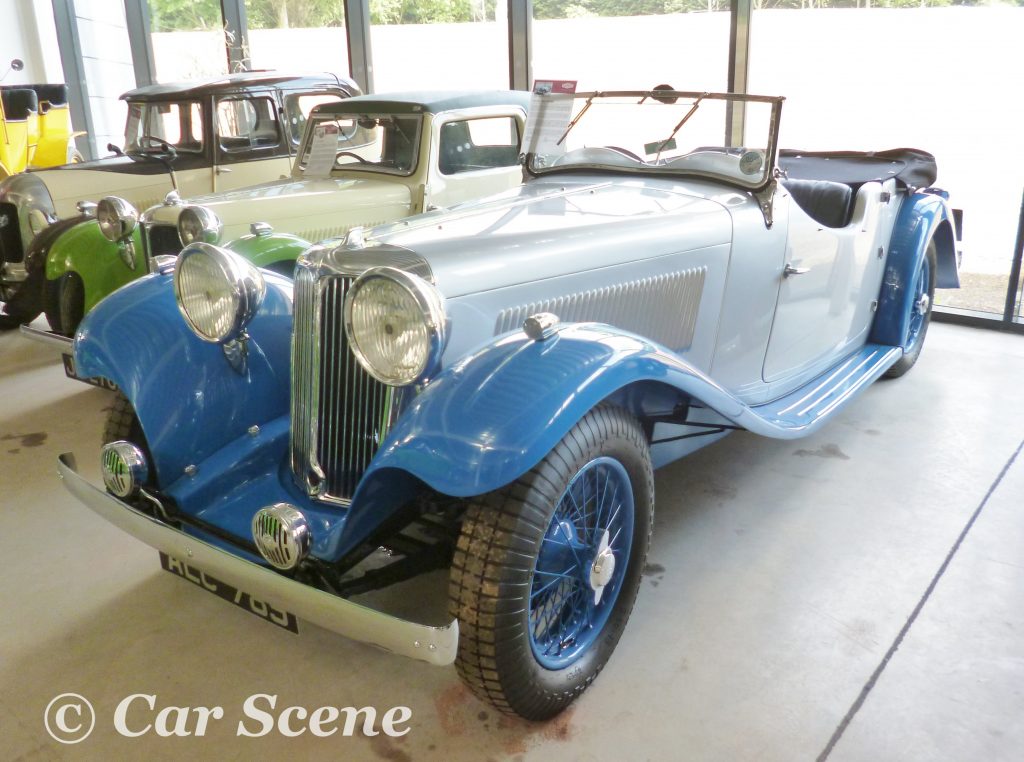
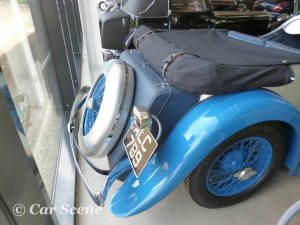
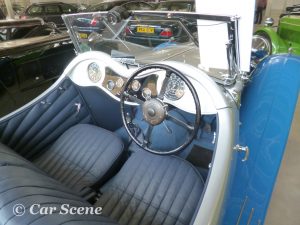
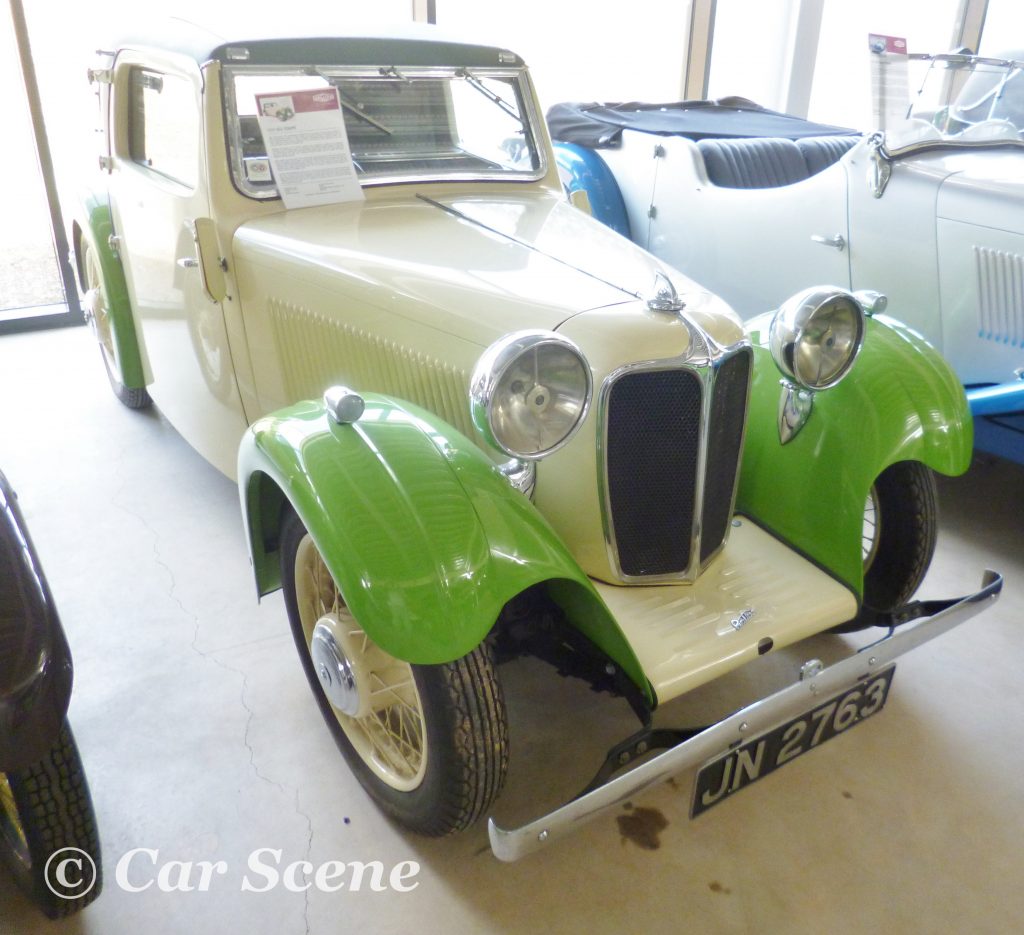
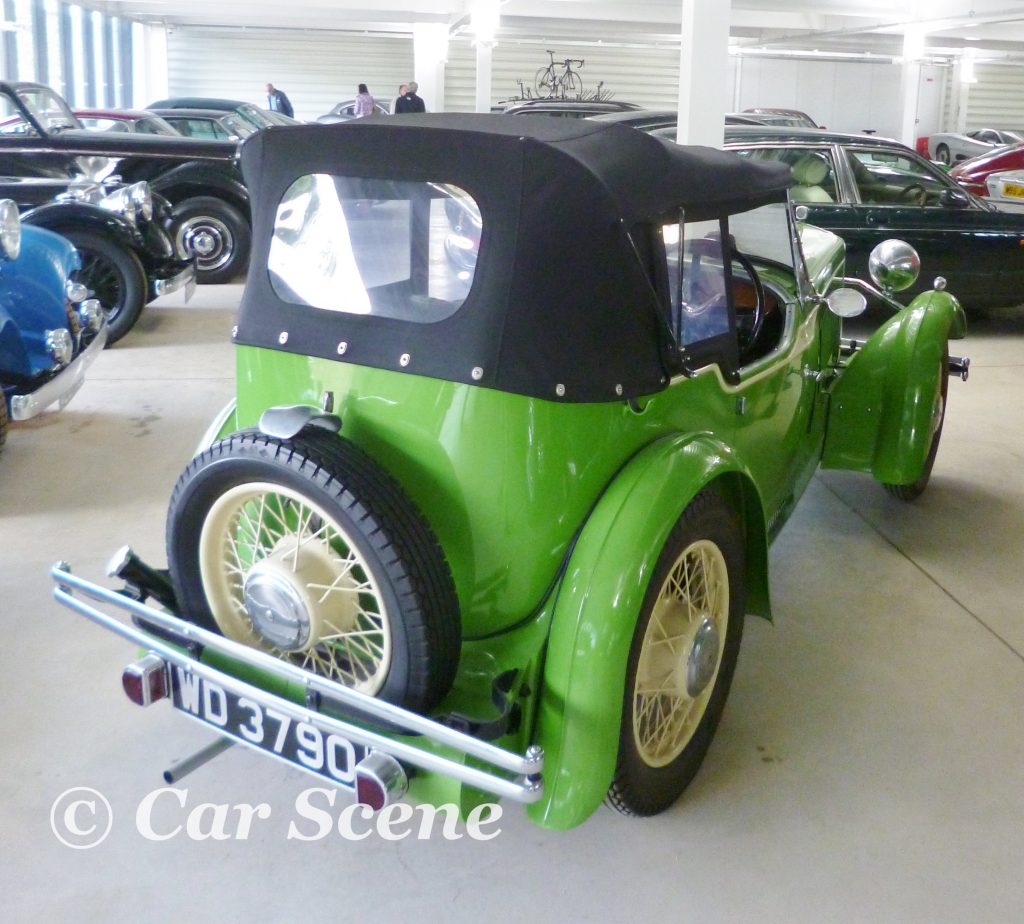
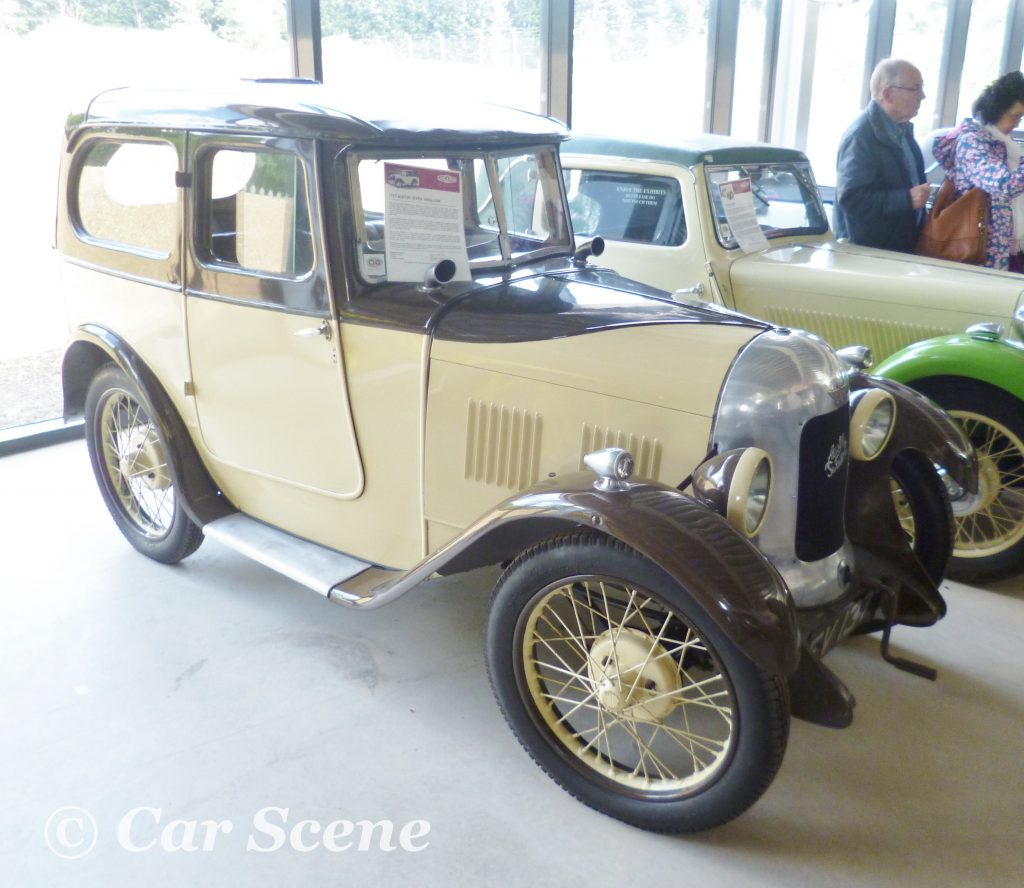
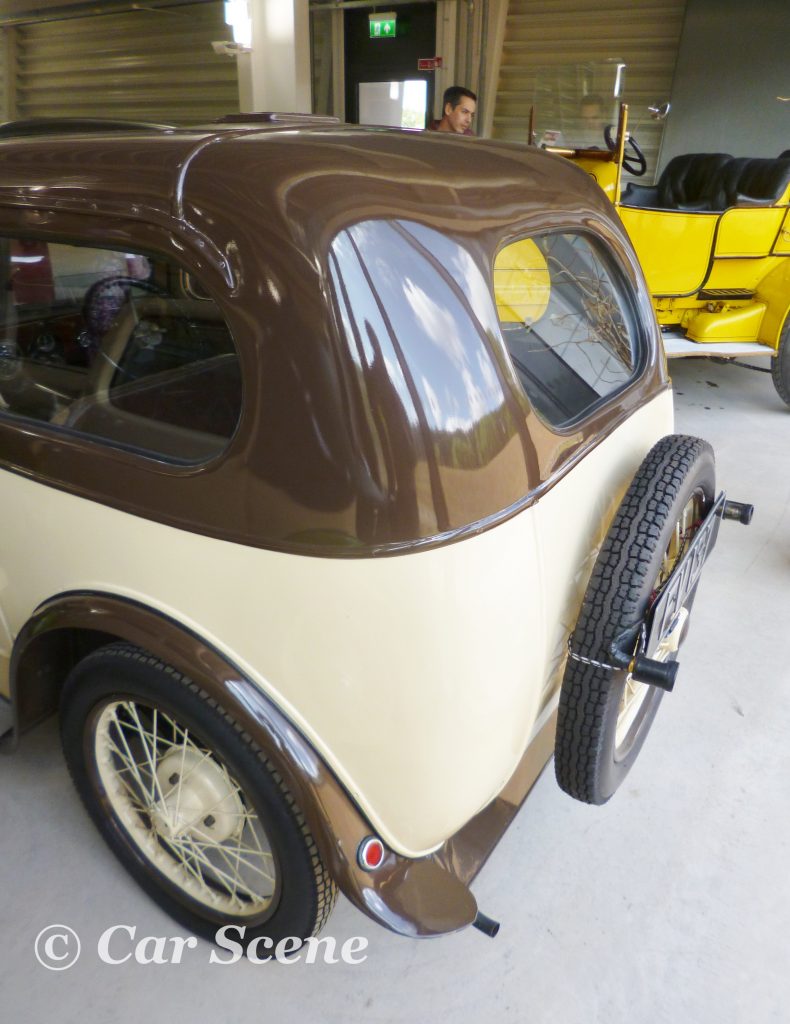
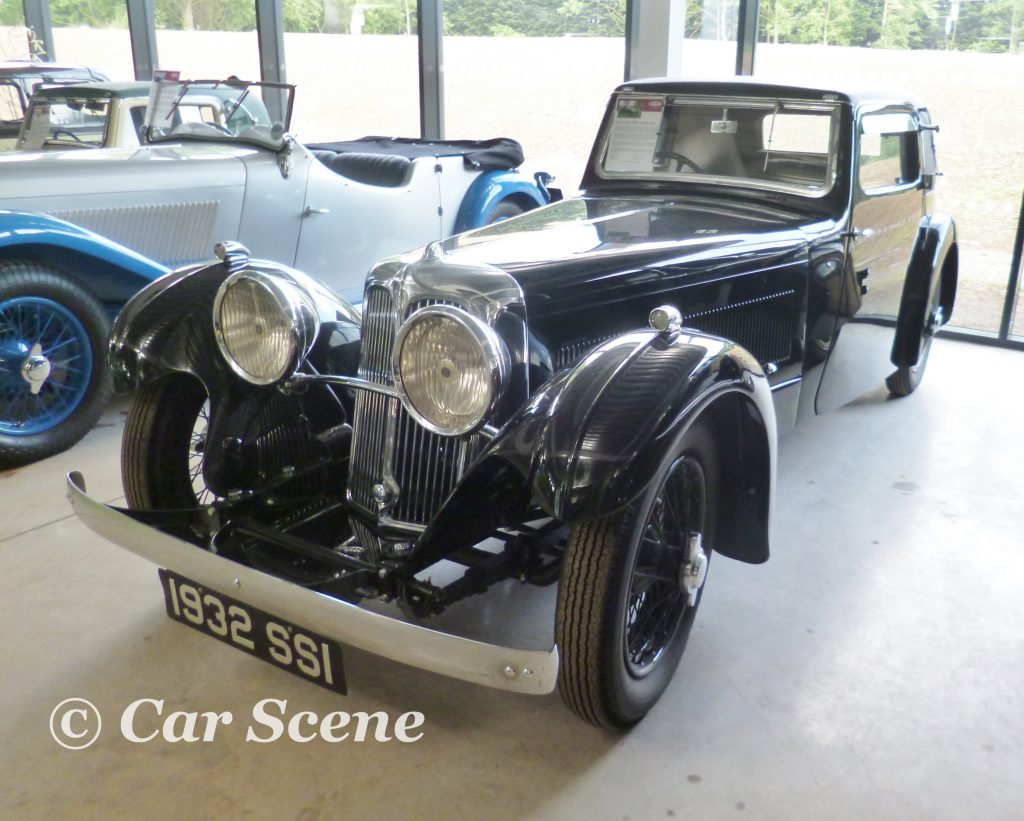
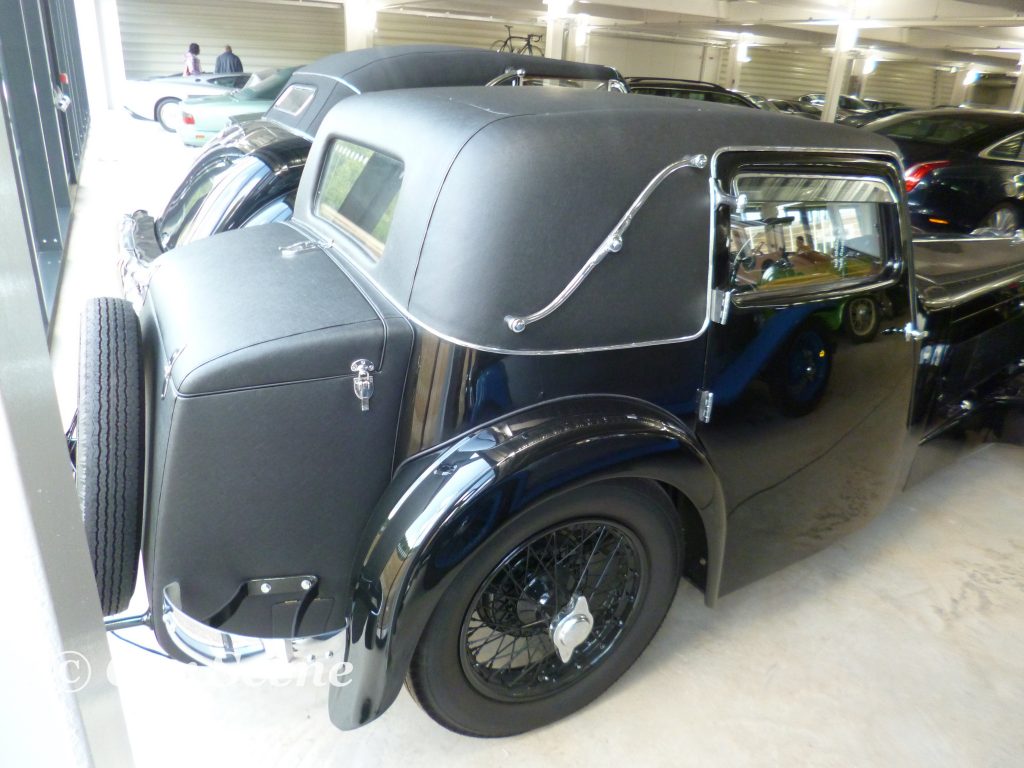
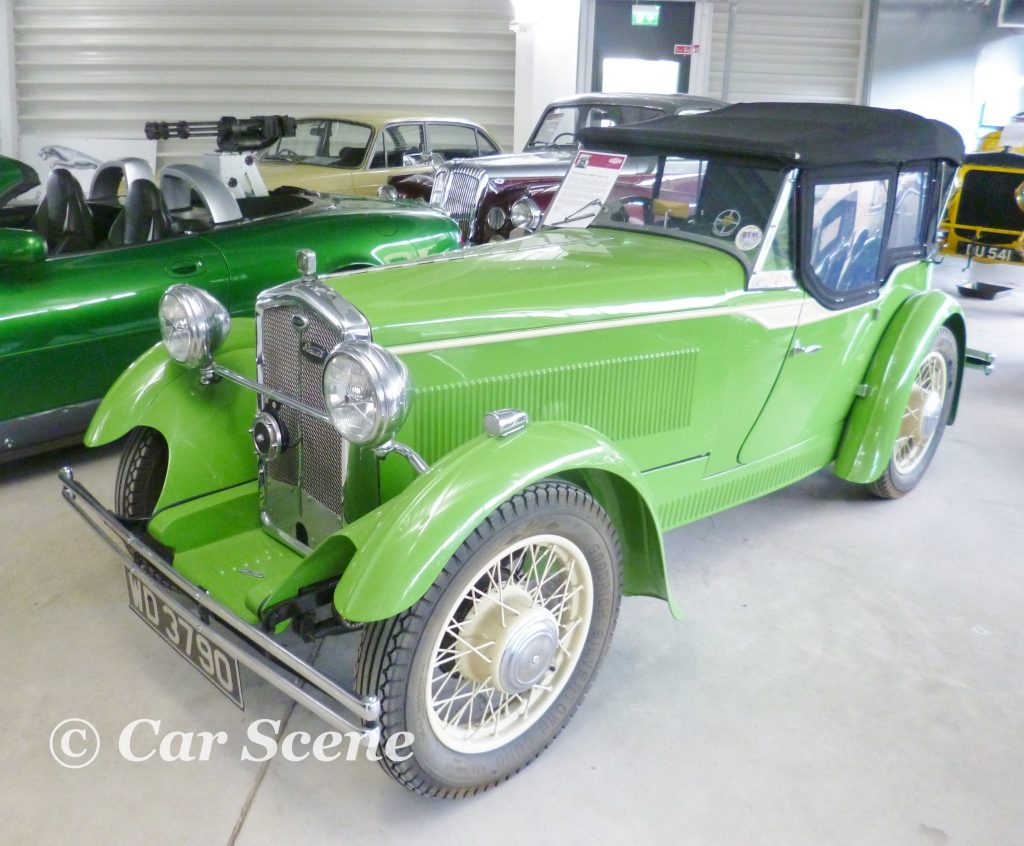
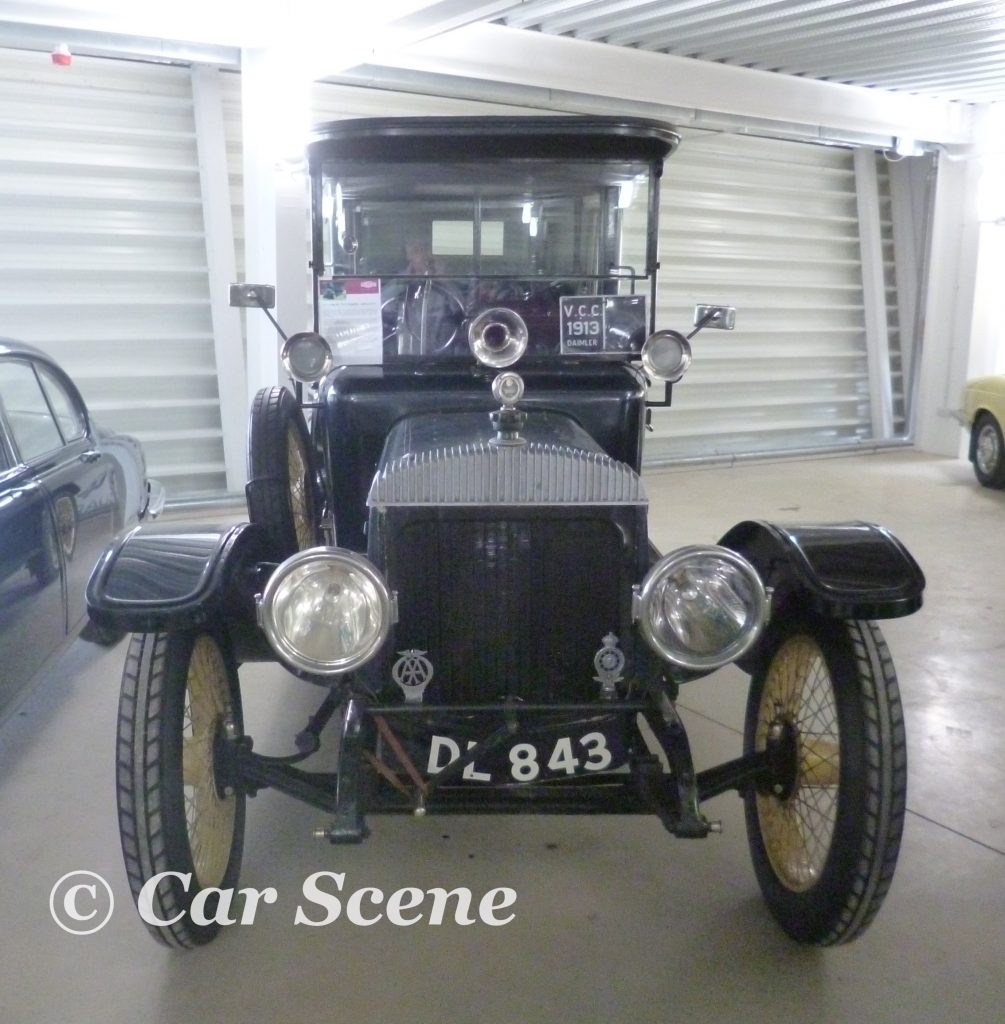
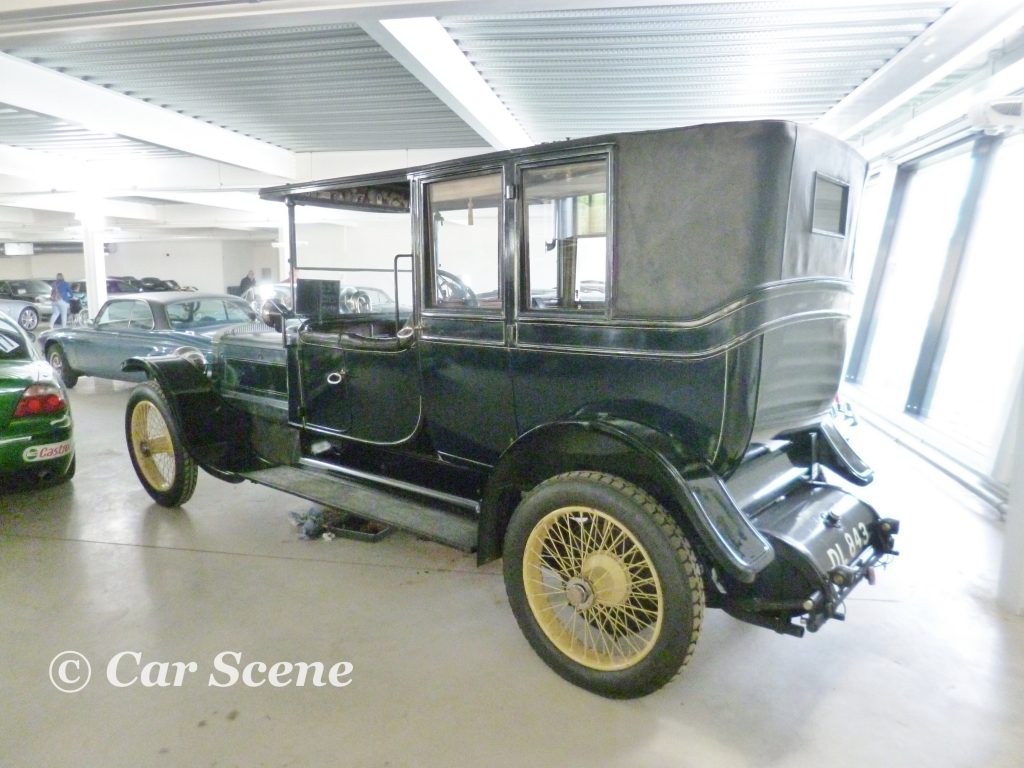
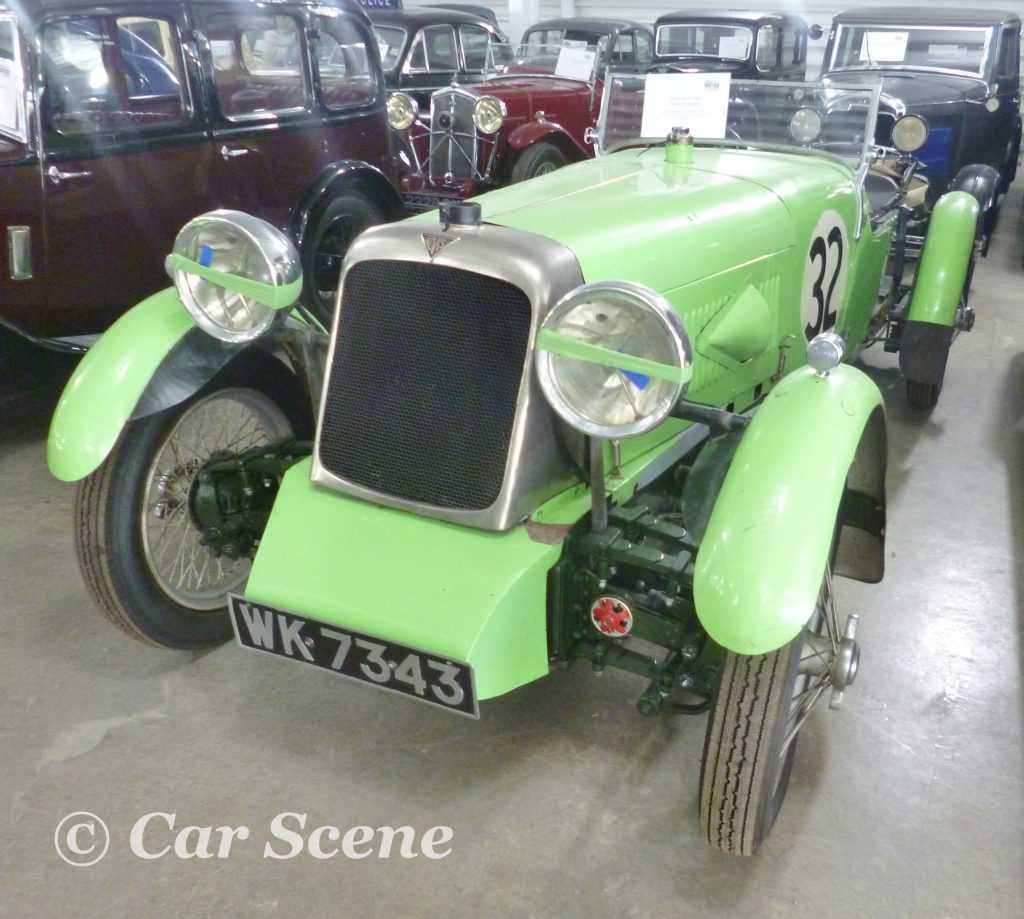
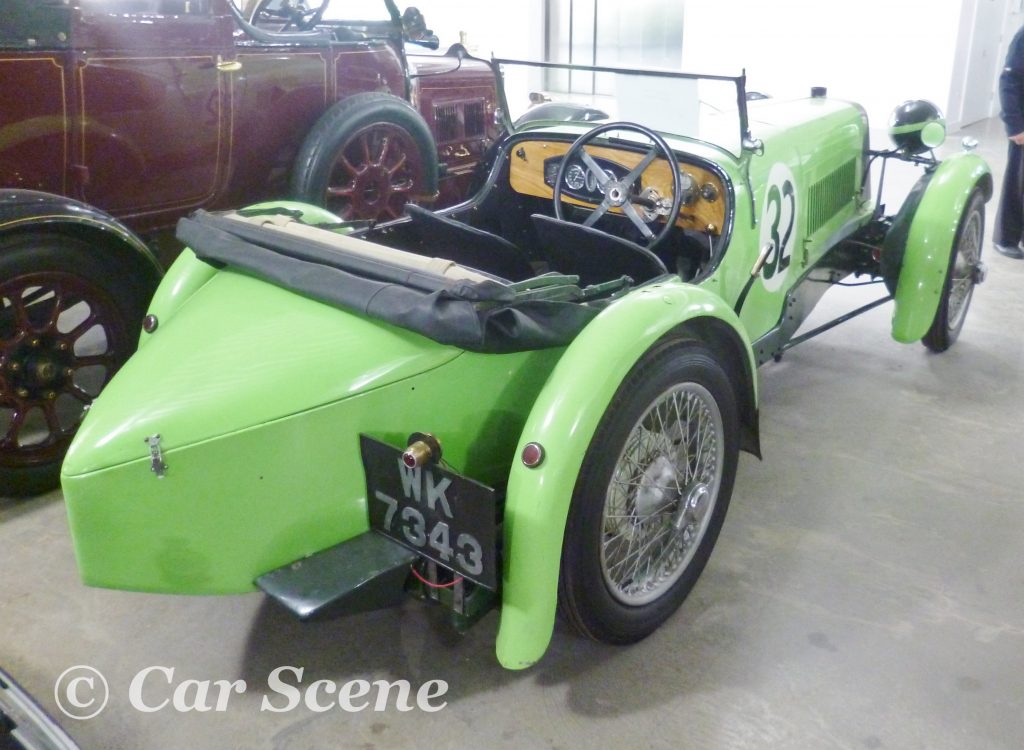
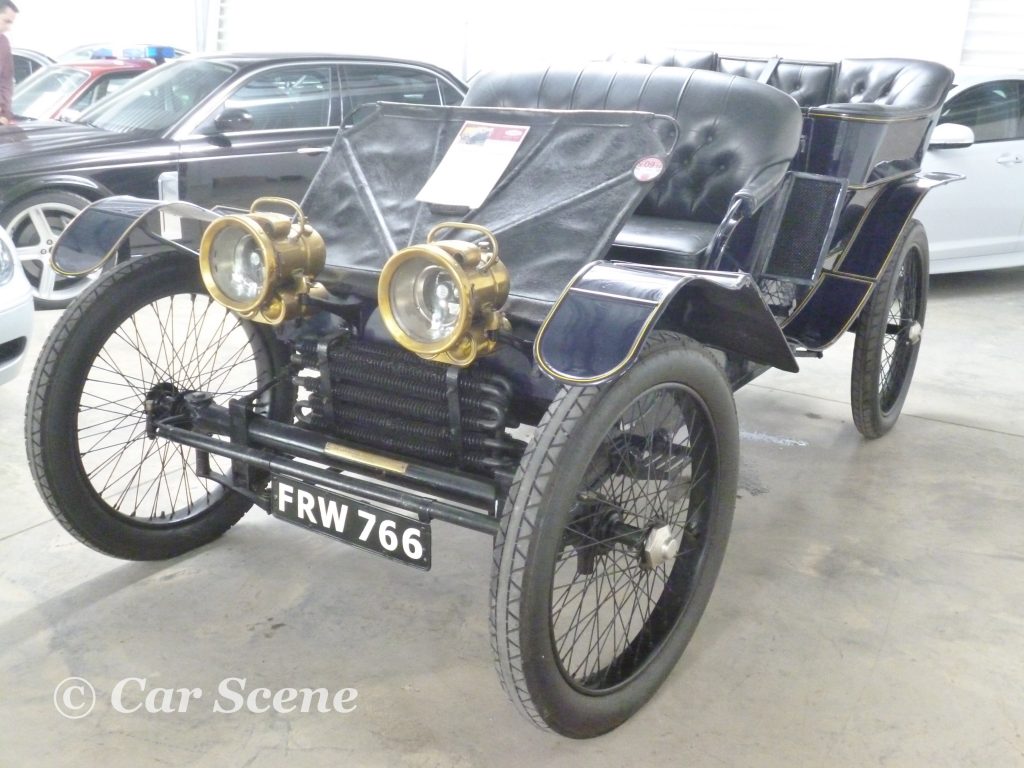
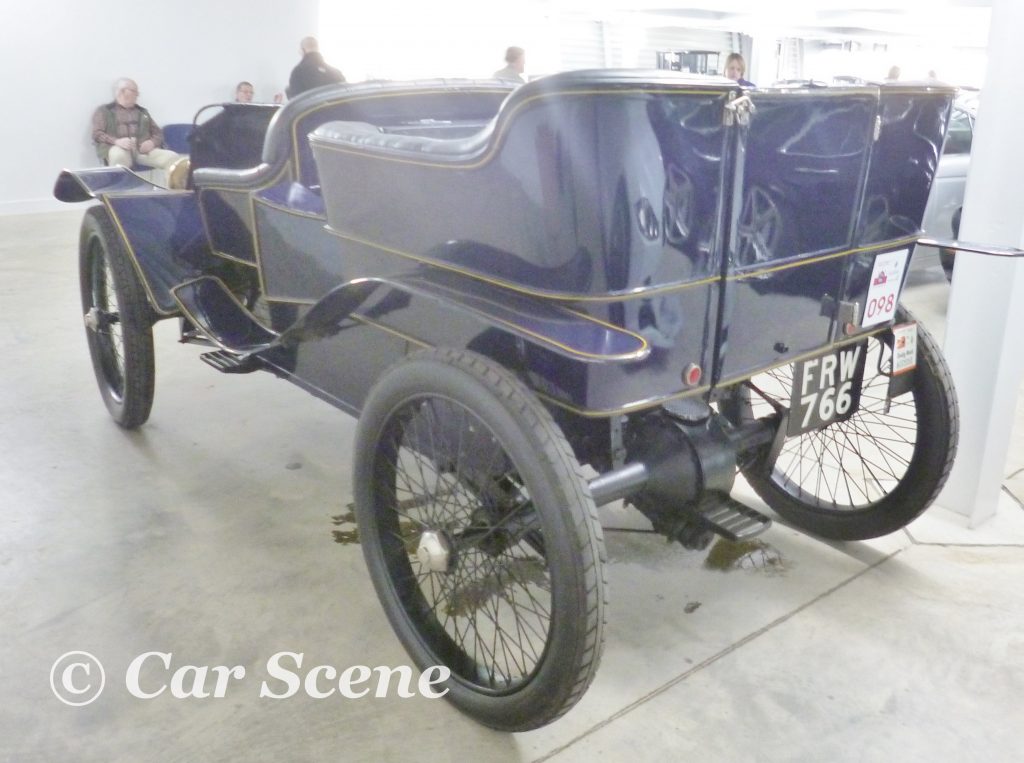
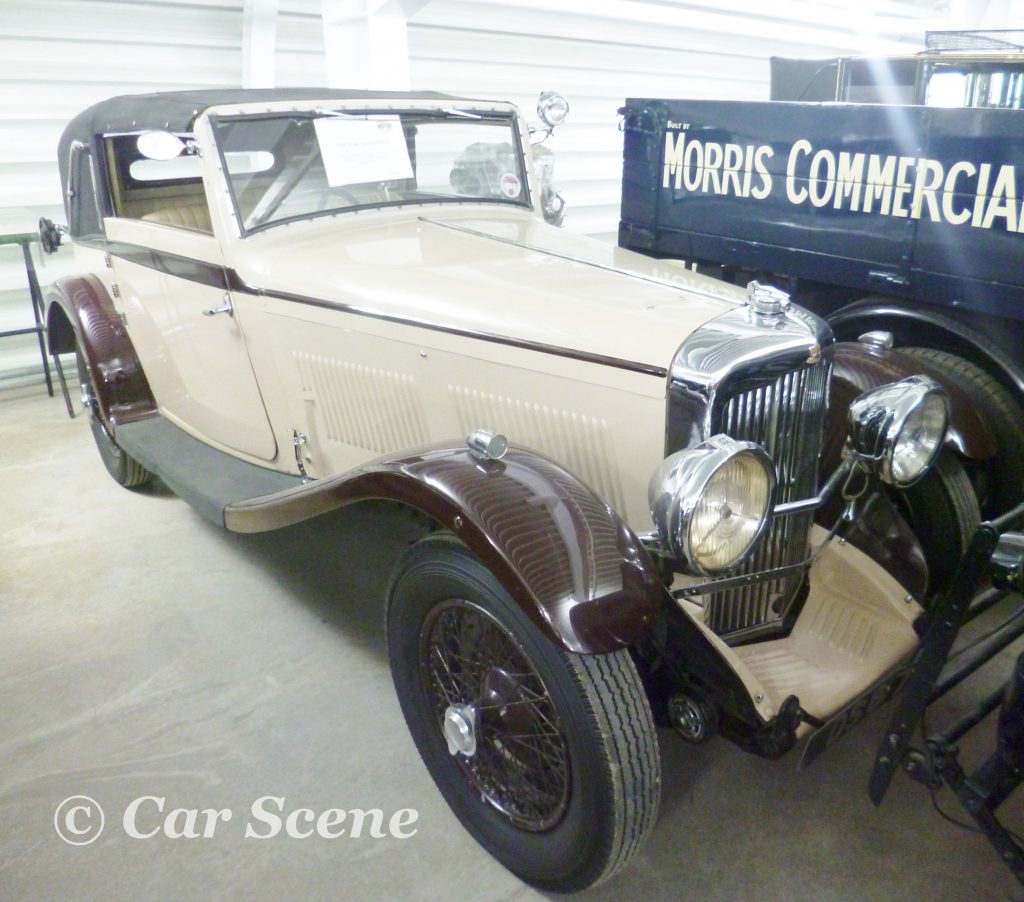
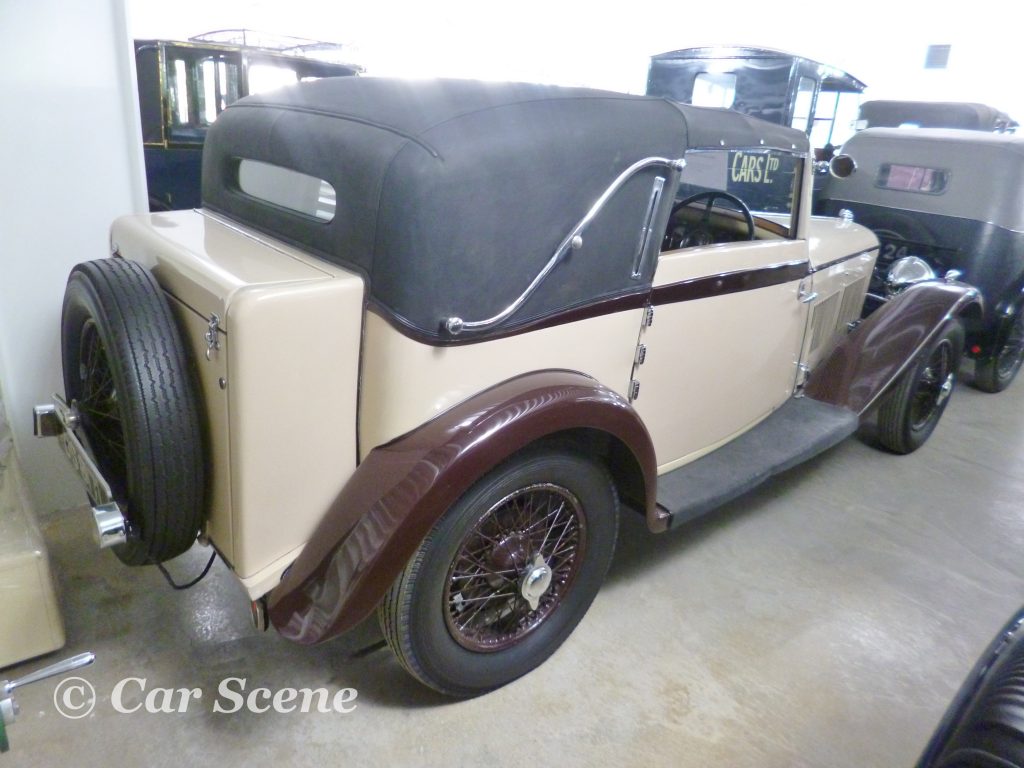
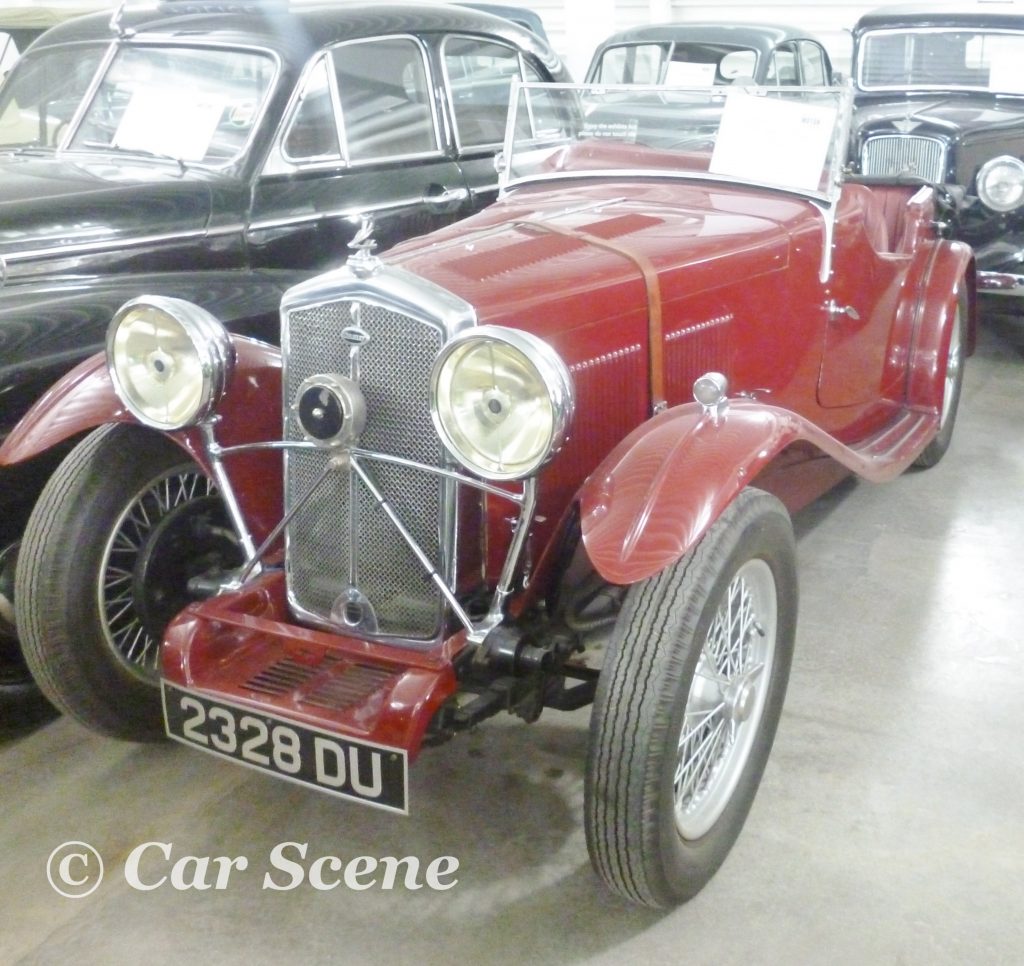
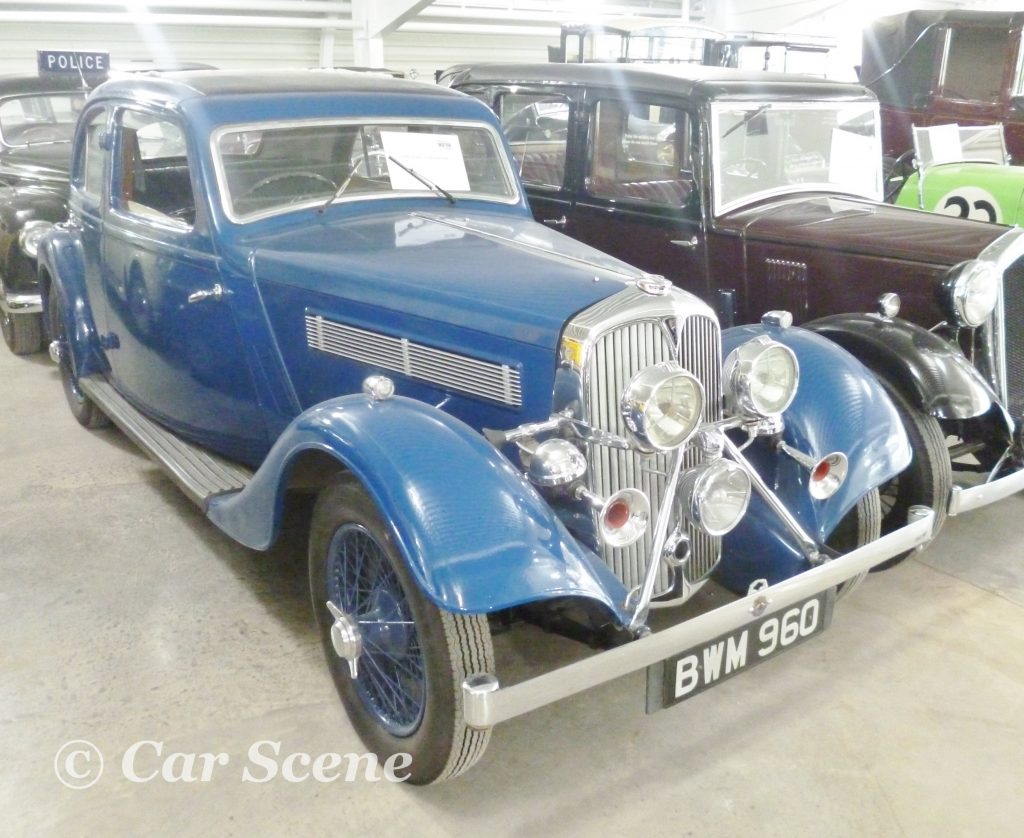
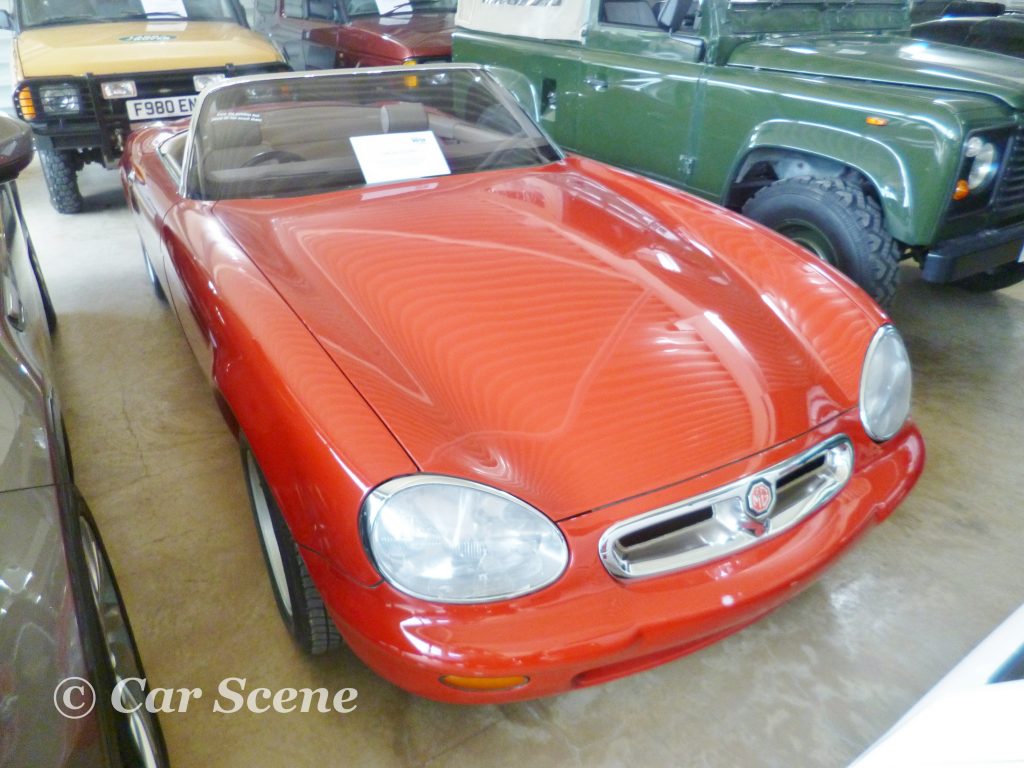
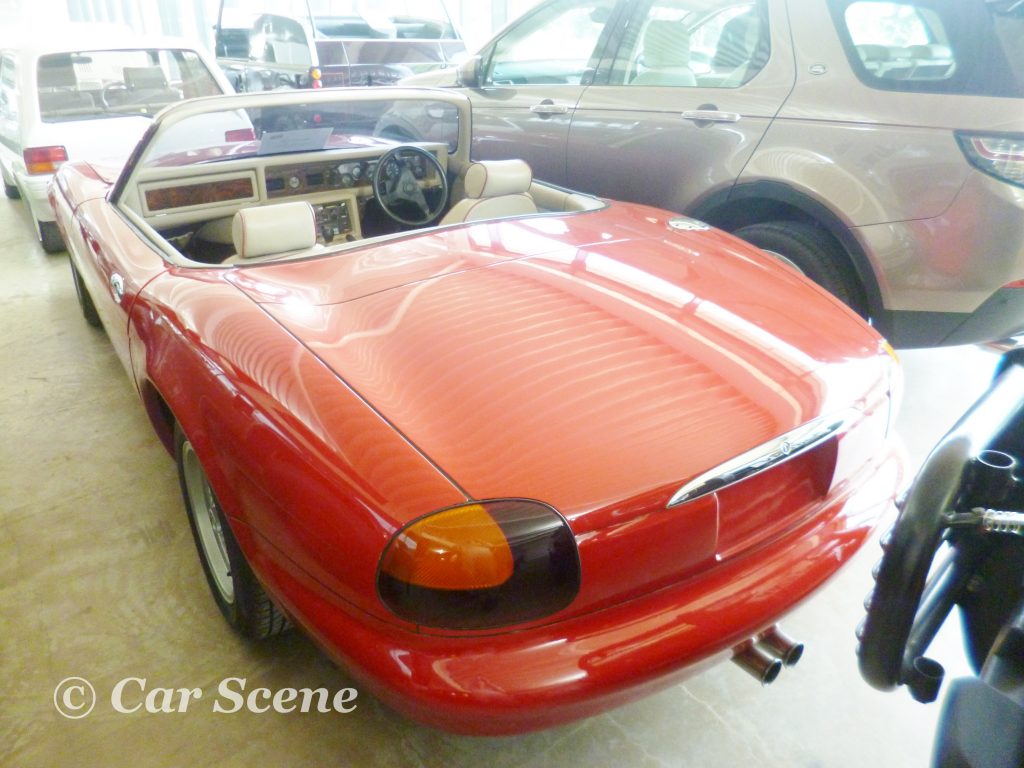
Nick
This article is held under copyright of carsceneinternational.com and cannot be reproduced without permission.
Links –
Car Scene International Index Page
https://www.carsceneinternational.com/index-page/

